
Smarter email, faster business.
Auto-tag, parse, and respond to RFQs, quotes, orders, and more — instantly.
Trending
Categories
Aviation News. Powered by AI.
Verified by ePlane AI
AI fact-checks every story before it goes live.
Latest News
Trending News
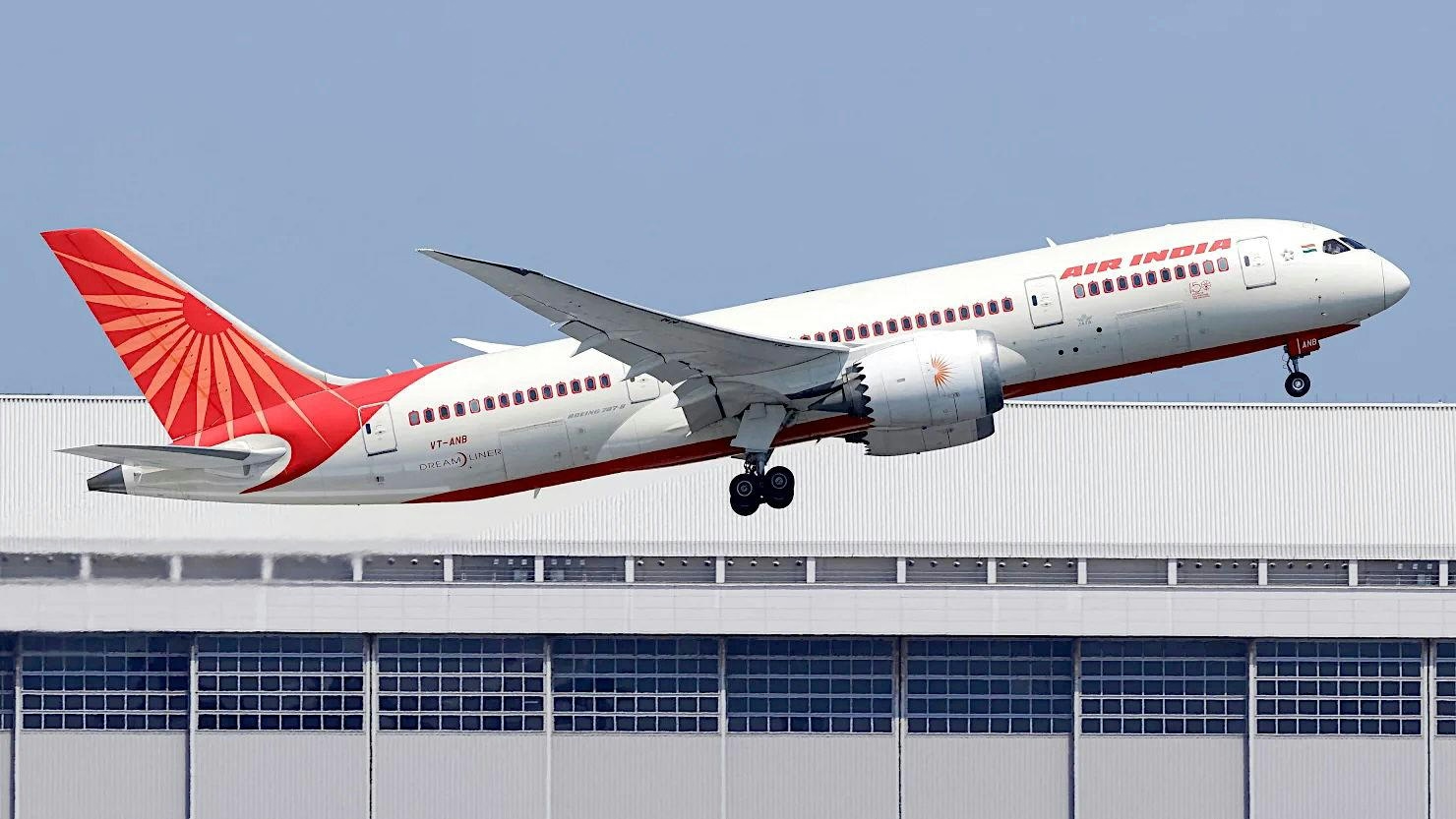
Aviation Expert: Boeing Dreamliner Software Reduced Fuel Use Twice Without Pilot Input
Aviation Expert Highlights Boeing Dreamliner Software’s Role in Fuel Cut Incidents
Aviation attorney and former US Department of Transportation Inspector General Mary Schiavo has cautioned against hastily attributing blame to pilots in the aftermath of the recent Air India crash. She underscored the significance of Boeing Dreamliner’s automated systems, which have been implicated in previous incidents involving unexpected fuel reductions without pilot intervention. Schiavo emphasized that the Boeing 787’s software is capable of independently cutting fuel to its engines, a factor that demands thorough investigation before fault is assigned.
Speaking to journalist Barkha Dutt, Schiavo noted that pilots are often blamed in approximately 75% of aviation incidents, yet many such accusations have been disproven. She described this tendency as not only unfair but overly simplistic and potentially harmful. “There are too many suspicious things to say, ‘Oh, it’s the pilots,’” she remarked, referencing earlier cases involving the same aircraft model where onboard systems autonomously reduced or cut fuel flow mid-flight.
Past Incidents and the TCMA System
Schiavo specifically cited a 2019 incident involving an All Nippon Airways (ANA) Boeing 787, where the aircraft’s system erroneously shut off fuel mid-air after mistakenly detecting that the plane had already landed. The software in question, known as the Thrust Control Malfunction Accommodation (TCMA) system, has been previously implicated in similar malfunctions. Designed to help the aircraft distinguish between flight and ground conditions, the TCMA can command the engines to reduce or cut power under certain circumstances. In the ANA case, the system’s premature fuel cutoff forced the plane to glide heavily to the runway. Fortunately, the incident occurred during landing rather than takeoff, preventing a crash.
Schiavo also referenced a more recent United Airlines Dreamliner flight from Washington, D.C., to Nigeria, where the aircraft reportedly entered a nose dive due to thrust and engine issues, again raising concerns about the behavior of automated systems.
Implications for Boeing and the Aviation Industry
The TCMA system, mandated by the US Federal Aviation Administration (FAA), lies at the heart of these concerns. Schiavo warned that errors by such automated protocols can have dire consequences, particularly during critical phases like takeoff when pilots have only seconds to react. These revelations come amid heightened scrutiny of Boeing, which is already grappling with a series of safety and production challenges.
The Air India crash has intensified regulatory and public attention, prompting increased inspections of Boeing 787 aircraft operated by Air India and causing flight delays and cancellations. The incident has also sparked broader questions regarding cockpit confusion, fuel management, and the reliability of automated systems, all of which are influencing perceptions of the Dreamliner’s safety.
Meanwhile, Boeing’s competitors are leveraging the situation to highlight their own advancements in software and integrated control technologies, positioning safety features as a key competitive advantage. As Boeing seeks to restore confidence in its flagship aircraft, experts like Schiavo stress the necessity of a comprehensive investigation that carefully weighs both human and technological factors before drawing conclusions.
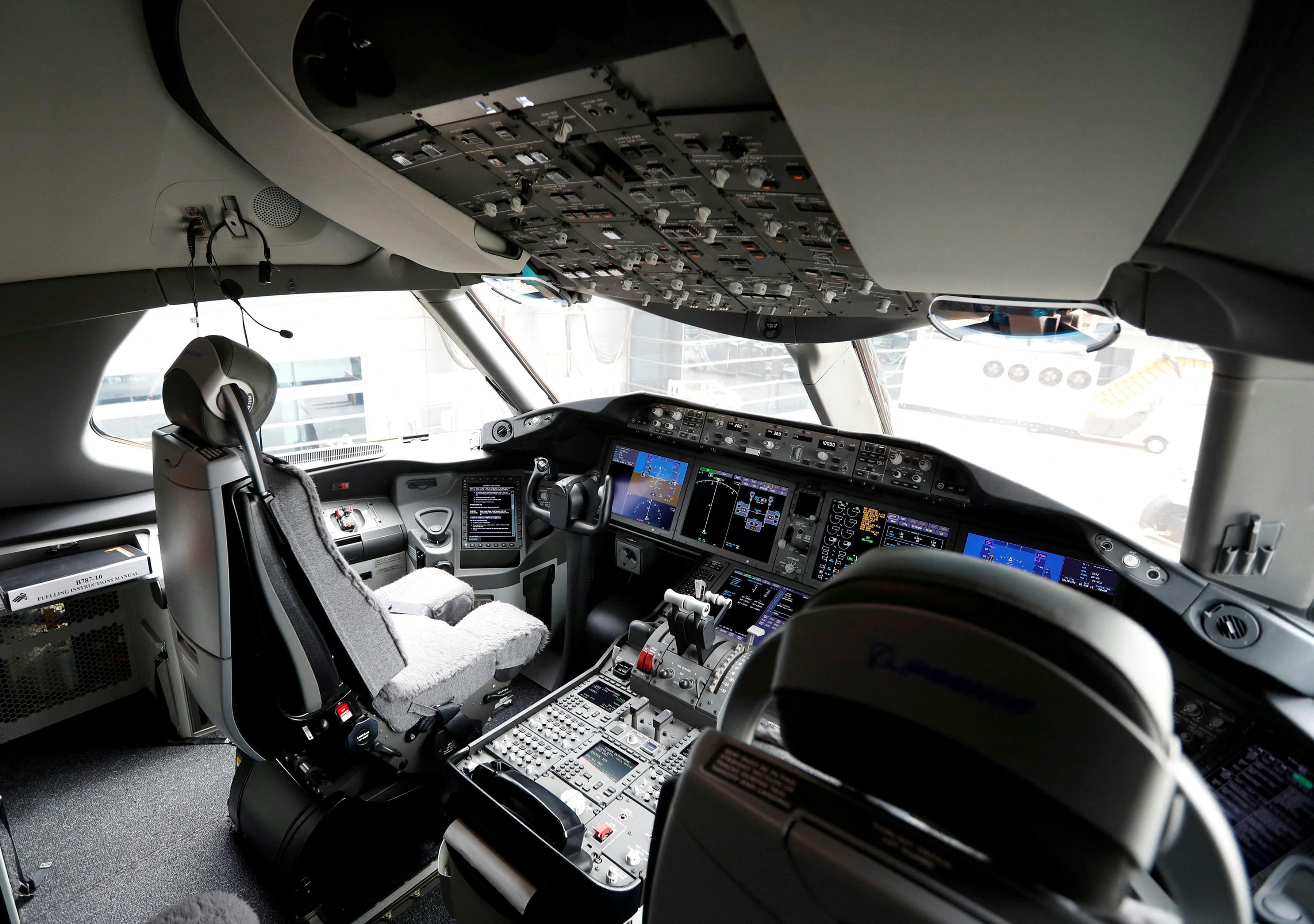
US Expert: Boeing 787 Experienced Fuel Switch Cut-Off in 2019; Japanese Pilots Did Not Intervene
US Expert Highlights Fuel Switch Cut-Off in 2019 Boeing 787 Incident; Japanese Pilots Did Not Intervene
A preliminary investigation into the Air India AI 171 crash in Ahmedabad has renewed focus on the Boeing 787’s fuel switch system. India’s Aircraft Accident Investigation Bureau (AAIB) reported that the fuel switch had shifted from the “Run” to the “Cutoff” position prior to the crash. The 15-page report, released this week, included a paraphrased exchange between Captain Sumeet Sabharwal and First Officer Clive Kunder, in which one pilot questioned the other about cutting off the fuel supply. Both pilots denied any deliberate action to do so. Shortly thereafter, a Mayday call was issued, and the aircraft crashed into a hostel for medical students, resulting in the deaths of all on board.
The AAIB report does not clarify how or why the fuel switch moved to the “Cutoff” position, leaving open the possibility of either pilot error or mechanical malfunction. To provide further insight, FinancialExpress.com consulted Mary Schiavo, a US aviation expert, who dismissed theories of intentional pilot intervention. Schiavo emphasized the absence of evidence supporting deliberate action and called for the full release of cockpit voice recorder (CVR) transcripts to avoid misinterpretation. She stated, “There is nothing here to suggest pilot suicide or murder.”
Parallels with 2019 ANA Boeing 787 Incident
Schiavo also referenced a similar event in 2019 involving an All Nippon Airways (ANA) Boeing 787. During final approach from Tokyo to Osaka, both engines failed after the aircraft’s software erroneously detected that it was on the ground. This triggered the Thrust Control Malfunction Accommodation System, which cut fuel to the engines. According to Schiavo, the pilots did not engage the fuel cutoff switches. The malfunction was ultimately traced to a software glitch rather than human error. The ANA flight, carrying 109 passengers and 9 crew members, landed safely without injuries.
Regulatory Response and Ongoing Investigations
The Air India crash has intensified scrutiny of Boeing’s fuel switch mechanisms. India’s civil aviation authority has ordered inspections of cockpit fuel switches on Boeing aircraft following the AAIB’s findings. Meanwhile, the US Federal Aviation Administration (FAA) and Boeing have maintained that the fuel switch locks are safe. However, investigations continue to explore whether the Ahmedabad crash resulted from pilot action or a technical fault.
Regulatory bodies worldwide are responding to these concerns. The UK Civil Aviation Authority (CAA) issued a warning just weeks before the crash, highlighting potential issues with fuel shutoff valves on several Boeing models, including the 737, 757, 767, 777, and 787. The fuel control switches, housed within the Throttle Control Module (TCM), had been replaced on the ill-fated AI 171 aircraft in both 2019 and 2023. Despite these replacements, questions remain regarding the reliability of the locking mechanism.
The heightened regulatory scrutiny and ongoing investigations have placed significant pressure on Boeing, with potential repercussions for its market position and investor confidence. As authorities continue to determine the root cause of the AI 171 crash, the aviation industry is preparing for possible safety reviews and further regulatory measures.
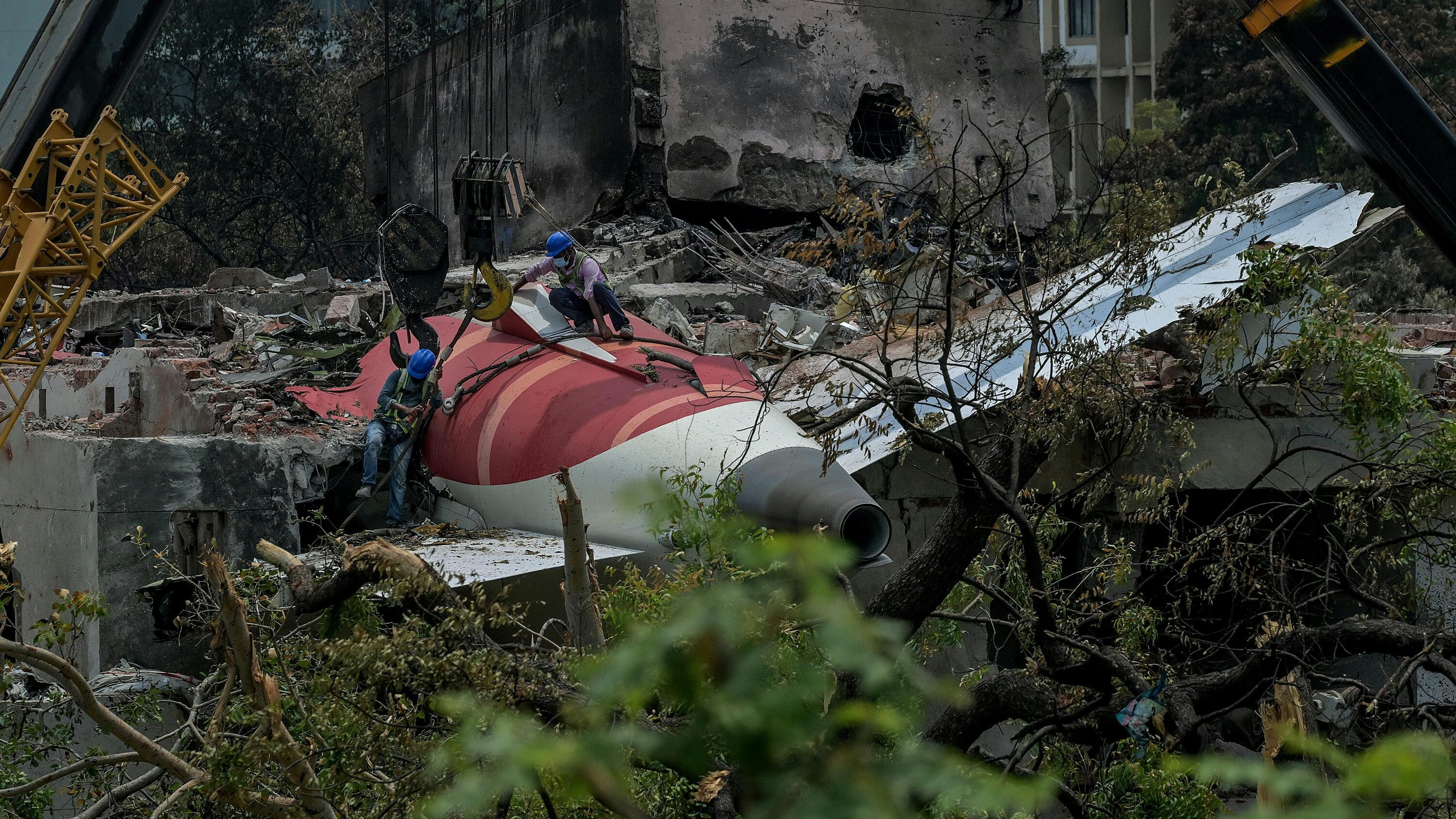
Technical Issue Investigated Hours Before Air India Crash Over Pilot Control of Switch
Technical Issue Investigated Hours Before Air India Crash Amid Pilot Control and Safety Concerns
Investigators probing the Air India crash on June 12 are concentrating on a series of electrical and software malfunctions that may have caused “un-commanded” cockpit actions, particularly involving the engine fuel cutoff switches. According to an official familiar with the inquiry, the investigation seeks to determine whether an “un-commanded transition” of the fuel control switches to the cut-off position occurred seconds after takeoff.
The aircraft crashed less than a minute after departing Ahmedabad en route to London Gatwick, resulting in the deaths of all 260 people on board. Notably, hours before the fatal flight, a pilot operating the same plane from Delhi to Ahmedabad reported a ‘Stabilizer Position Transducer Defect’ in the technical log. This sensor, which governs the aircraft’s pitch by transmitting electrical signals to the flight control system, is vital for ensuring accurate responses to pilot inputs.
Engineering staff addressed the malfunction following Boeing’s prescribed procedures. While the Stabilizer Position Transducer defect is a critical issue capable of causing incorrect flight control responses, including unintended fuel cut-off signals, the official stated it has not been identified as the direct cause of the crash. Nonetheless, investigators are exploring whether it contributed to a broader sensor failure.
Aircraft’s Technical History and Ongoing Investigation
The aircraft’s maintenance records reveal a pattern of technical issues in the weeks preceding the crash. The plane experienced at least two other incidents: an electrical fault that led to a flight cancellation and a false fuel system warning. On December 12, 2024, the same AI-171 flight was grounded due to a major electrical failure, only departing the following day after repairs were completed. Additionally, in 2015, the aircraft made an emergency landing following a Cabin Air Compressor surge, a known problem affecting Boeing 787-8 Dreamliners.
Investigators are meticulously analyzing flight data and technical logs to trace the sequence of errors and evaluate the condition of the aircraft’s electrical and software systems. This includes a comprehensive review of maintenance records and recurring malfunctions throughout the aircraft’s operational life.
The crash has intensified scrutiny of Air India’s pilot training and cockpit procedures, with regulators examining the airline’s adherence to safety directives. Industry experts highlight that confusion surrounding the operation of engine fuel cutoff switches remains a central focus of the investigation, raising concerns about both technical reliability and crew response protocols.
The incident has also had wider repercussions. Air India’s stock price has come under pressure amid adverse publicity, while competitors have responded by launching enhanced safety audits and pilot training programs to reassure passengers and distance themselves from the controversy.
As families of the victims await answers, the investigation continues to explore both technical and operational factors behind the tragedy, with particular attention to the interaction between aircraft systems, pilot actions, and airline safety culture.
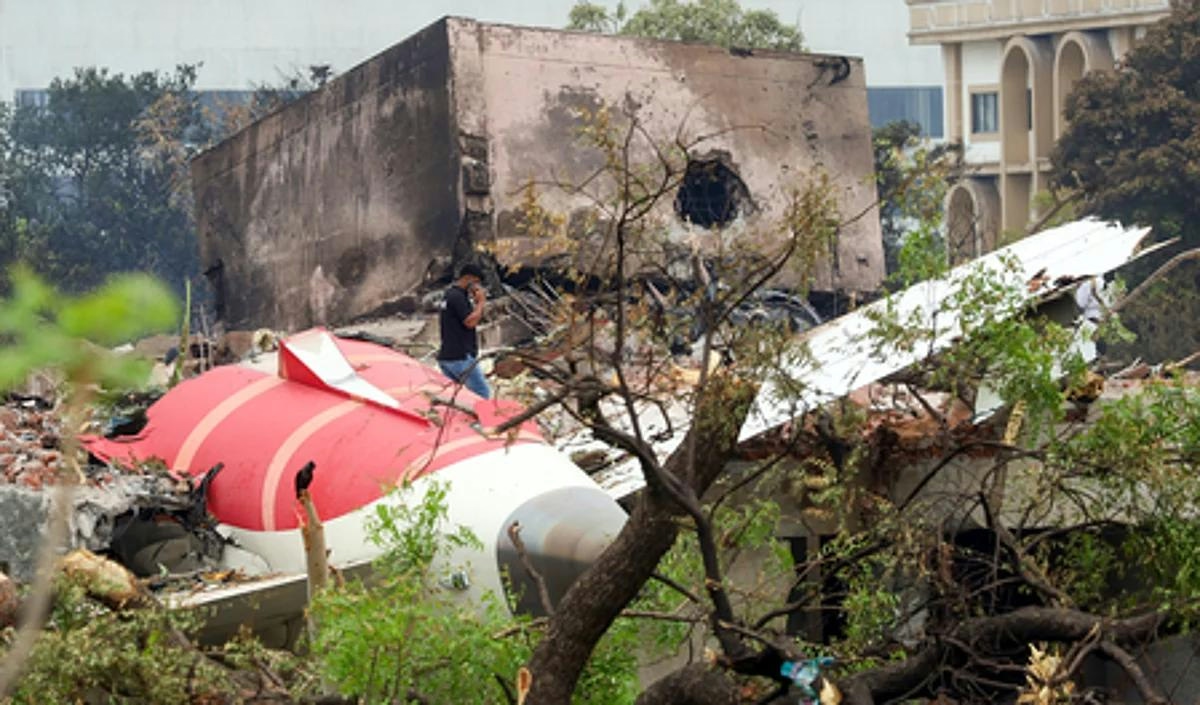
Call to Release Full Transcript of AI Flight 171 Audio Recording
Call for Full Disclosure of AI Flight 171 Cockpit Audio Transcript
The recent incident involving AI Flight 171 has ignited a contentious debate, particularly following strong objections from the Indian pilots’ association. The association criticized the preliminary report for what it described as unfair insinuations against the flight crew. Concurrently, certain Western media outlets have speculated about possible confusion in the cockpit, implying pilot error as a contributing factor. The Aircraft Accident Investigation Bureau (AAIB), in its initial findings, appeared to suggest this possibility but refrained from making explicit accusations. Notably, the AAIB’s report included only two paraphrased sentences from the pilots’ cockpit exchange, omitting the full audio transcript and raising significant concerns about transparency.
Unresolved Operational Details and Safety Concerns
Critical details surrounding the incident remain unclear. First officer Clive Kunder, aged 32, was at the controls during the event, with the pilot-in-command, Sumeet Sabharwal, 56, overseeing operations. It has not been established which pilot questioned the other regarding the shutdown of the fuel switches. The first fuel switch was turned off at 1:38:42 pm, but the crew took approximately ten seconds to reactivate it—a delay that has attracted scrutiny. Furthermore, the fuel supply to the second engine was restored four seconds after the first, rather than simultaneously. While the first engine responded promptly, the second continued to experience difficulties. These operational uncertainties are compounded by prior concerns raised by the US Federal Aviation Administration (FAA), which had flagged potential issues with Boeing’s fuel switch locking mechanism as early as 2018. The maintenance history of the fuel switches on this specific aircraft remains undisclosed.
Calls for Transparency Amid Ongoing Investigation
There is a growing demand for the AAIB to release the full transcript of the cockpit audio. Advocates argue that only complete transparency can dispel suspicions that the preliminary report was crafted to assign blame to the pilots, who tragically cannot defend themselves. Full disclosure is also seen as essential to provide some measure of closure to the victims’ families, even as the final investigation report may take up to a year to be completed.
However, the release of the full transcript presents challenges. The investigation remains active, and legal considerations may restrict the immediate publication of sensitive audio recordings. Beyond legalities, the aviation industry is closely monitoring Air India’s response, with heightened scrutiny on its operational protocols and safety standards. Rival airlines are reportedly reviewing their own safety procedures and may increase pressure on Air India to demonstrate full transparency.
At present, no definitive conclusions have been drawn regarding the cause of the crash. The insistence on releasing the full cockpit transcript highlights the broader imperative for openness and accountability, both to ensure a fair investigation and to restore public confidence in aviation safety.
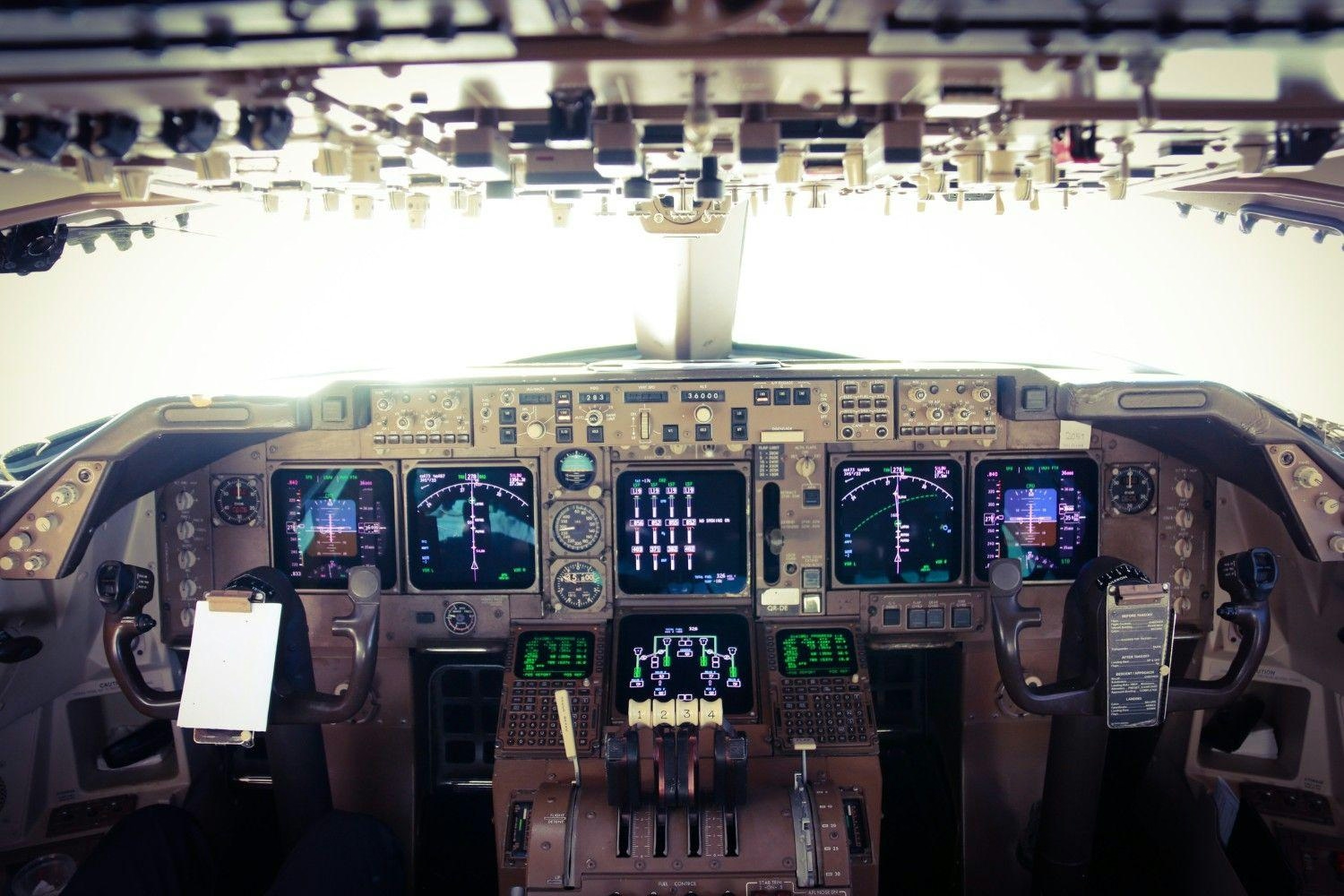
Air India Engine Shutdown: Pilots’ Body Explains FADEC Fuel Cut-Off Theory
Air India Engine Shutdown: Pilots’ Body Highlights FADEC Fuel Cut-Off Theory
Emerging Theories on Engine Failure
The Aircraft Accident Investigation Bureau (AAIB) has suggested that a possible fuel switch error may have caused the catastrophic engine failure on Air India Flight 171. However, new perspectives are focusing on the aircraft’s advanced electronic systems, particularly the Full Authority Digital Engine Control (FADEC), as a potential factor in the incident. Preliminary reports indicate that the crash was initiated by the sudden movement of fuel-control switches to the "cut-off" position, which resulted in both engines being starved of fuel. Cockpit voice recordings reveal that the captain may have cut the fuel flow while the first officer was at the controls. Despite these findings, the Federation of Indian Pilots (FIP) has urged caution against attributing blame to the crew based on early assumptions, emphasizing the need to consider all possible technical causes.
The Role of FADEC and Related Systems
At the heart of the latest theory is the FADEC system, often described as the "brain" of modern aircraft such as the Boeing 787. FADEC is responsible for monitoring and managing critical engine functions, including fuel flow and engine speed, and it has the capability to override pilot commands based on sensor inputs. This system operates in conjunction with the Electronic Engine Controller (EEC) and the Thrust Control Malfunction Accommodation (TCMA) systems. The FIP has raised concerns that a malfunction within these interconnected systems—potentially triggered by faulty sensor data—could have caused FADEC to shut down both engines without any manual input from the crew. This possibility challenges the initial narrative by suggesting that the engine failure may have led to an automatic movement of the fuel switches to the cut-off position, rather than a manual error by the pilots.
Expert Insights and Calls for Thorough Investigation
Aviation attorney Mary Schiavo, speaking to FinancialExpress.com, underscored concerns regarding the TCMA system, which informs FADEC whether the aircraft is on the ground or airborne. She referenced previous incidents, including a 2019 All Nippon Airways (ANA) Boeing 787 flight where FADEC triggered a dual engine shutdown due to erroneous sensor input. Schiavo also mentioned an ongoing investigation into a 2025 United Airlines 787 incident involving uncommanded dives, believed to be linked to software or computer malfunctions. In light of these concerns, the FIP has called for a comprehensive reassessment of the roles played by FADEC, EEC, and TCMA malfunctions in the Air India crash. The pilots’ association is urging investigators to meticulously analyze data from the Flight Data Recorder (FDR), Cockpit Voice Recorder (CVR), and relevant Boeing service bulletins before reaching any conclusions.
In response to the preliminary findings, India’s aviation regulator has mandated inspections of Boeing fuel switches across airline fleets. Meanwhile, families of the victims continue to seek detailed answers as the investigation unfolds. The FIP stresses the importance of a thorough and impartial inquiry, cautioning against premature judgments regarding crew actions until all technical possibilities have been fully examined.
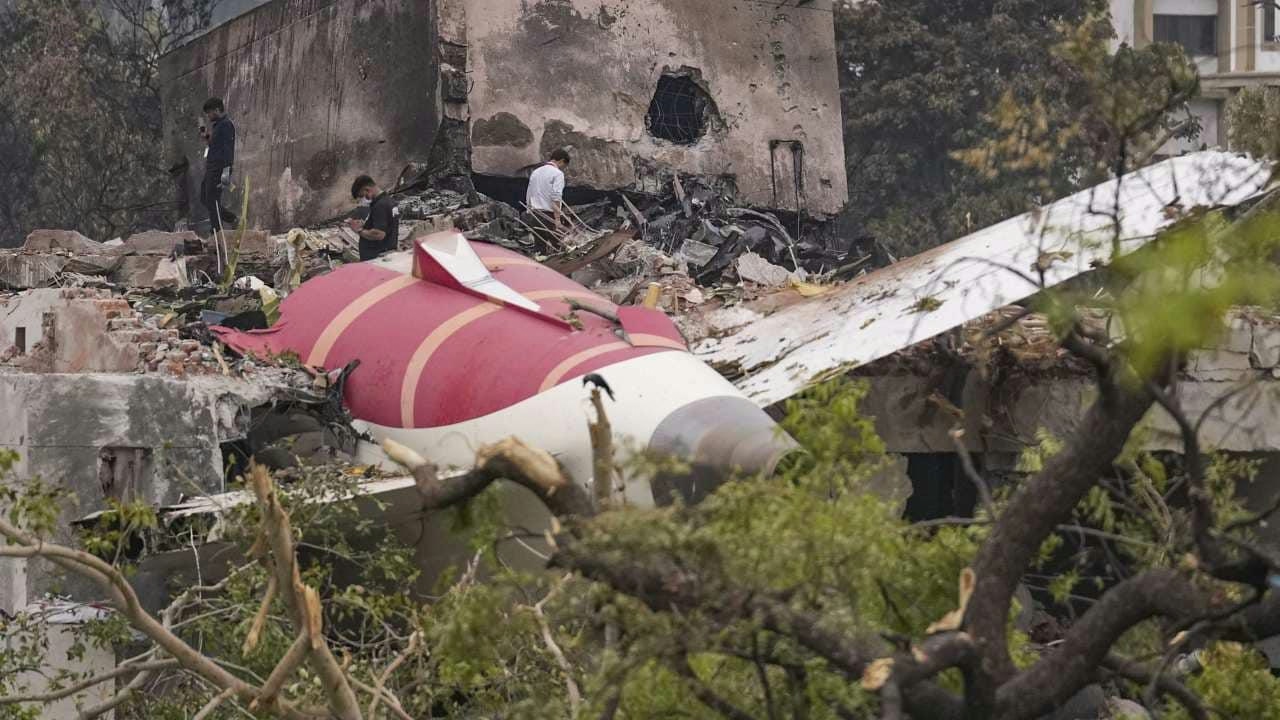
Pilot Federation President Says AI-171 Crash Report Omits Pilot Error
Pilot Federation President Challenges AI-171 Crash Report, Highlights Mechanical Failure Concerns
Disputing Pilot Error Allegations
In the wake of last month’s Air India AI-171 crash in Ahmedabad, Captain CS Randhawa, President of the Federation of Indian Pilots (FIP), has firmly rejected media claims attributing the accident to pilot error. Specifically, he condemned reports suggesting that the flight’s captain deliberately shut off fuel to the engines, describing such allegations as “baseless” and announcing intentions to pursue legal action against the responsible publication.
Captain Randhawa underscored that the preliminary report released by the Aircraft Accident Investigation Bureau (AAIB) does not implicate the pilots in causing the crash. He stressed that the report makes no mention of the fuel control switches being turned off due to pilot mistake. “Nowhere in the report has it been mentioned that the fuel control switch was turned off due to the pilot’s mistake. I condemn the article. They have not read the report properly, and we will take action against them through FIP,” he stated in an interview with ANI.
He further urged the media and public to avoid speculation regarding the AAIB’s findings, cautioning that premature conclusions could erode public confidence in air travel. “We had issued a press statement yesterday that no channel, commentator, or president of any agency should give such an opinion that has no basis. The detailed report will take time; till then, people are giving their own opinions without any basis, which is not right,” Captain Randhawa added.
Mechanical Failure and Investigation Concerns
Highlighting the absence of any official attribution of pilot error in both the AAIB report and statements from the Civil Aviation Minister, Captain Randhawa drew parallels to a 2019 incident involving ANA flight NH985, where both engines shut down during landing without pilot intervention on the fuel control switches. He suggested that the AI-171 crash may be linked to a recurring Throttle Control Malfunction Accommodation (TCMA) issue. “I am quite clear that this is a repetition of the TCMA malfunction, and this needs a thorough investigation. Boeing has not taken any action yet and has not even tried to issue a directive that all these aircraft should be checked for TCMA functions. Secondly, there is not a single pilot in the investigation committee,” he remarked.
The ongoing inquiry has intensified scrutiny of Boeing’s safety protocols, with market analysts noting potential repercussions for investor confidence. Competing airlines have responded by emphasizing their own safety measures and regulatory compliance, aiming to reassure passengers and distinguish themselves from operators of Boeing aircraft. Meanwhile, the Federal Aviation Administration (FAA) and Boeing have maintained that the fuel cutoff switch locks remain safe, even as Air India continues to face investigations into its adherence to safety directives and record-keeping standards.
As the investigation proceeds, industry stakeholders await the AAIB’s final report, which is expected to provide definitive insights into the crash’s root cause and address concerns related to both mechanical failure and operational procedures.
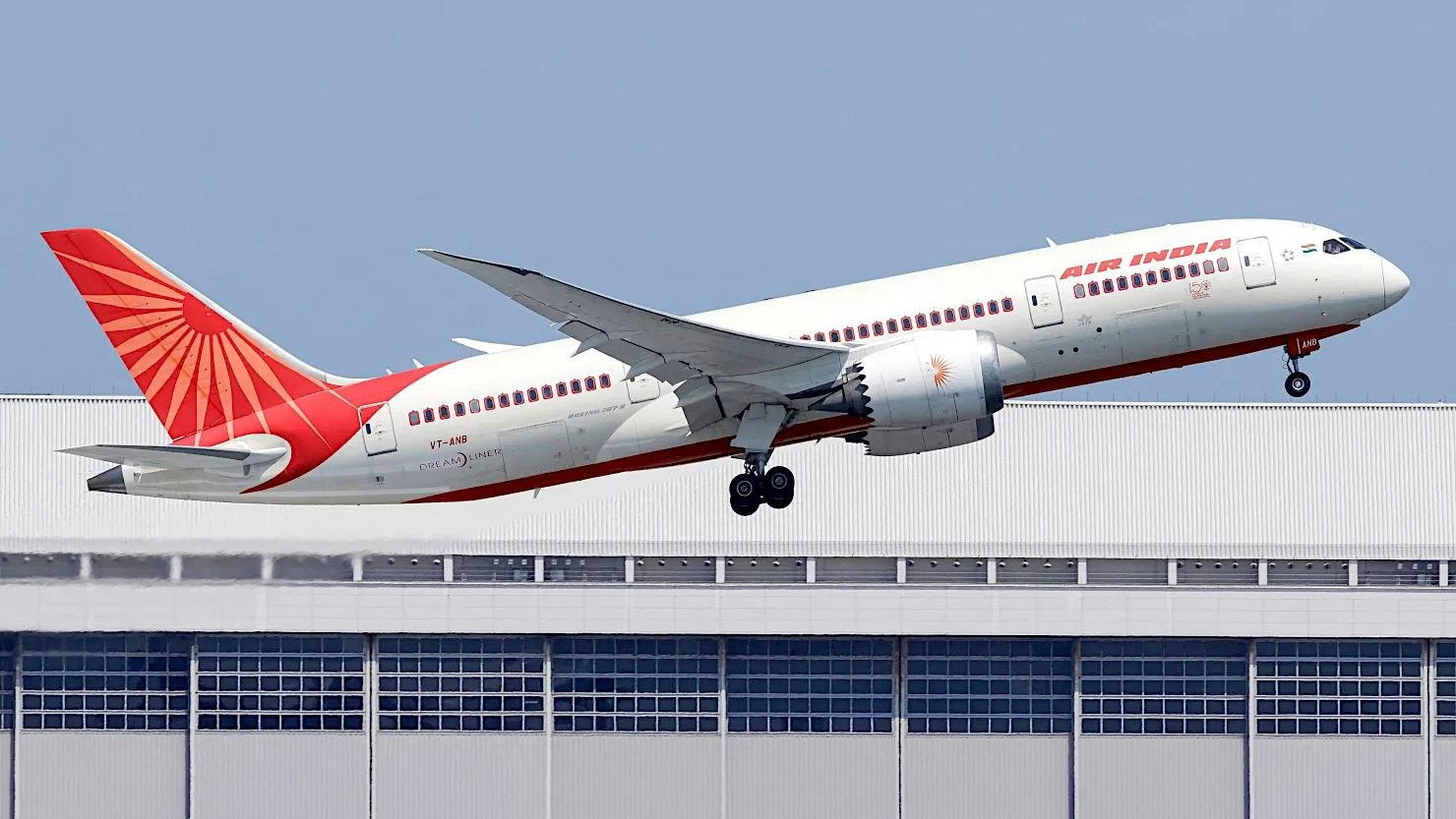
UK Aviation Authority Raised Concerns About Boeing 787 Fuel Switch Before Ahmedabad Crash
UK Aviation Authority Raised Concerns About Boeing 787 Fuel Switch Before Ahmedabad Crash
Early Warnings and Safety Notices
Just weeks prior to the tragic Air India crash in Ahmedabad, the UK Civil Aviation Authority (CAA) issued a safety notice urging operators of the Boeing 787 to conduct thorough inspections of fuel shutoff valves. This advisory highlighted emerging concerns regarding the aircraft’s fuel switch design and the adequacy of existing safety protocols. The warning coincided with increasing scrutiny of Boeing’s fuel system, a focus that was further underscored by a preliminary report from India’s Aircraft Accident Investigation Bureau (AAIB).
Findings from the Investigation
The AAIB’s report revealed critical details from cockpit voice recordings of the ill-fated Air India flight, which indicated confusion among the pilots shortly after takeoff. One pilot questioned why the fuel switch had been turned off, while the other denied having taken such action. The report further stated that both engines lost fuel supply almost simultaneously, within a second of each other, precipitating the crash. Despite the crew’s efforts to reactivate the fuel switches, their attempts came too late to avert the disaster.
The investigation drew particular attention to the manual operation of the cockpit fuel switches. The AAIB suggested that accidental deployment was unlikely, implying that the switches had been deliberately moved to the cut-off position. This finding has intensified scrutiny of Boeing’s fuel system design and raised questions about whether current safety measures are sufficient.
Regulatory Responses and Industry Impact
In response to these concerns, the UK CAA’s notice mandated that Boeing 787 operators perform detailed inspections of fuel shutoff valves, ensuring any identified issues were promptly addressed. The directive required engineering teams or flight crews to verify valve functionality rigorously, with all procedures documented and subject to approval by the CAA’s Flight Operations Inspector.
Similarly, the Indian aviation regulator ordered inspections of cockpit fuel switches on both Boeing 737 and 787 aircraft operating within the country. The US Federal Aviation Administration (FAA) also issued an Airworthiness Directive targeting a potential unsafe condition related to fuel shutoff valves on Boeing aircraft, including the 787. The FAA’s mandate called for daily checks, comprehensive inspections, and, where necessary, replacement of fuel shutoff valve actuators. Operators were instructed to log any failures and rectify defects in accordance with established safety standards.
The sequence of regulatory warnings followed by the crash has intensified debate over Boeing’s safety protocols and the effectiveness of industry oversight. Aviation experts anticipate that the incident may lead to further regulatory reforms and more stringent safety reviews, not only for Boeing but across the wider aviation sector. This heightened scrutiny has prompted insurers to reassess risk profiles and has raised concerns among some passengers regarding the safety of affected aircraft models.
Boeing’s competitors have responded by emphasizing their own safety measures and engineering standards, aiming to reassure airlines and passengers amid growing apprehension. The UK CAA’s early intervention highlights the vital role of proactive regulatory oversight in identifying and mitigating potential hazards before they culminate in tragedy.
As investigations continue, the aviation industry faces mounting pressure to address design vulnerabilities and strengthen safety protocols, with regulators and manufacturers under close observation from both the public and industry stakeholders.
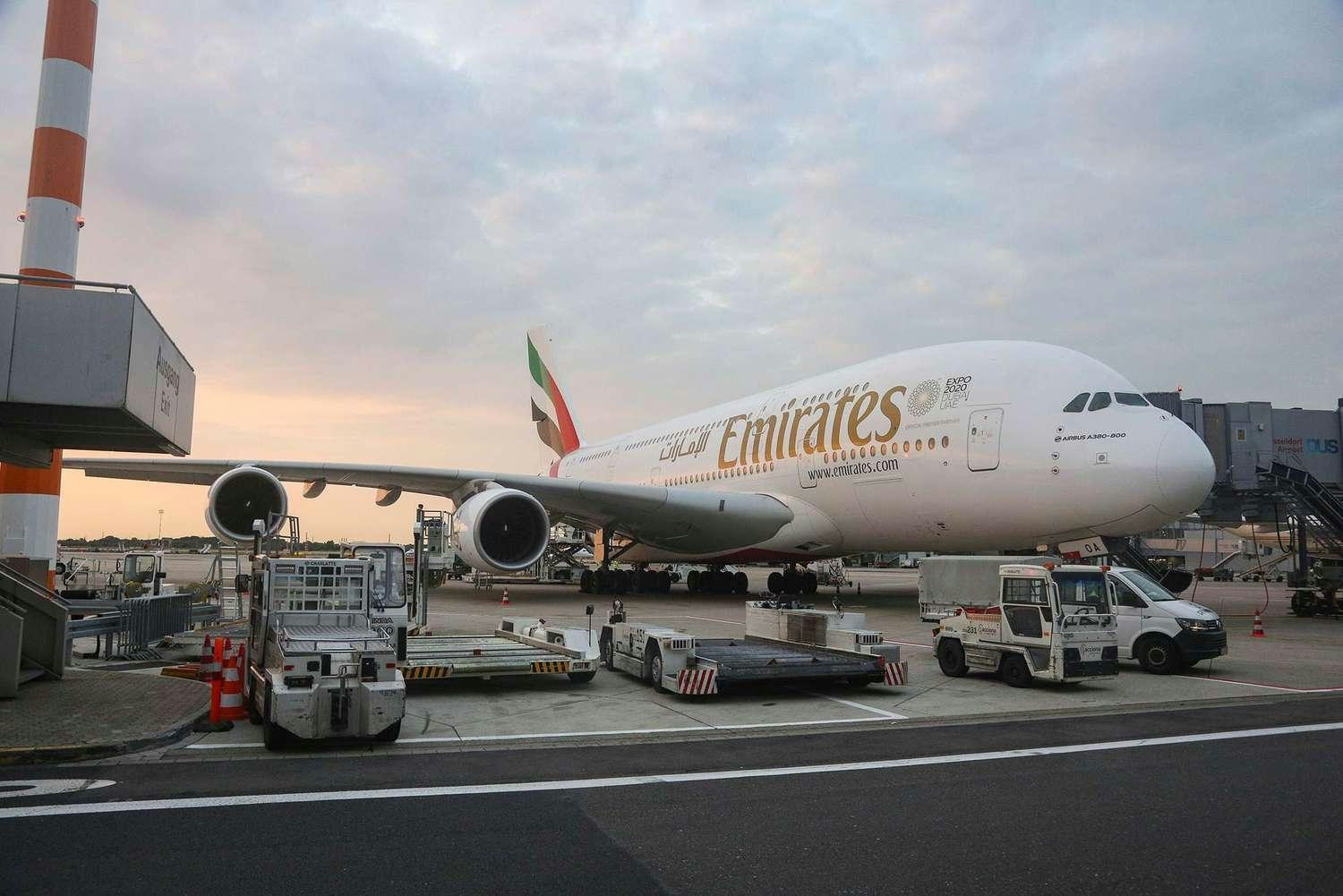
Emirates A380 Makes Emergency Landing at JFK After Engine Shutdown
Emirates A380 Executes Emergency Landing at JFK Following Engine Shutdown
On June 28, 2025, Emirates flight EK203, operated by an Airbus A380-800 (registration A6-EUW), conducted a safe emergency landing at New York’s John F. Kennedy International Airport (JFK) after experiencing an in-flight shutdown of its number one engine. The aircraft, en route from Dubai International Airport (DXB) to JFK, encountered the failure of its far-left engine while flying over the northeastern United States.
Incident and Response
Despite the loss of one of its four engines, the flight crew maintained full control of the aircraft, ensuring the safety of all 450 passengers and crew aboard. The pilots promptly declared an emergency with Boston Center, before coordination was transferred to New York Approach. Air traffic controllers guided the aircraft toward JFK, clearing it to land on runway 22L, the airport’s longest runway, as requested by the crew.
At the time of the incident, EK203 was carrying approximately 24.8 tonnes of fuel, sufficient for about one hour of flight time. Throughout the descent and approach, the crew worked closely with air traffic control (ATC), providing critical information including fuel quantities and local pressure settings. While some observers questioned the necessity for pilots to convert units mid-flight, the crew’s swift and precise communication demonstrated their professionalism under pressure.
Operational and Industry Implications
The emergency landing underscored the vital importance of seamless collaboration between flight crews and ATC during in-flight crises. Controllers adhered to established emergency protocols, offering clear navigational guidance and continuous updates, which contributed significantly to the safe touchdown at 8:57 AM local time.
However, the incident also revealed minor communication lapses, notably ATC’s initial uncertainty regarding the exact location of the failed engine. Aviation experts have highlighted the need for enhanced training and improved reference tools for controllers, particularly when managing complex aircraft such as the Airbus A380. Such measures could help prevent similar oversights in future emergencies.
This event occurs amid heightened public scrutiny of airline safety, following recent high-profile engine issues involving other major carriers including American Airlines and Delta. Industry analysts suggest that incidents of this nature may challenge passenger confidence and prompt closer examination of Emirates’ maintenance protocols. The episode could also trigger insurance reviews and claims, while competitors might leverage the situation to emphasize their own safety records and operational reliability in marketing campaigns.
Despite these broader industry ramifications, the professionalism exhibited by both the Emirates flight crew and air traffic controllers ensured a safe outcome for all on board. The incident serves as a reminder of the critical importance of training, communication, and preparedness in maintaining aviation safety.
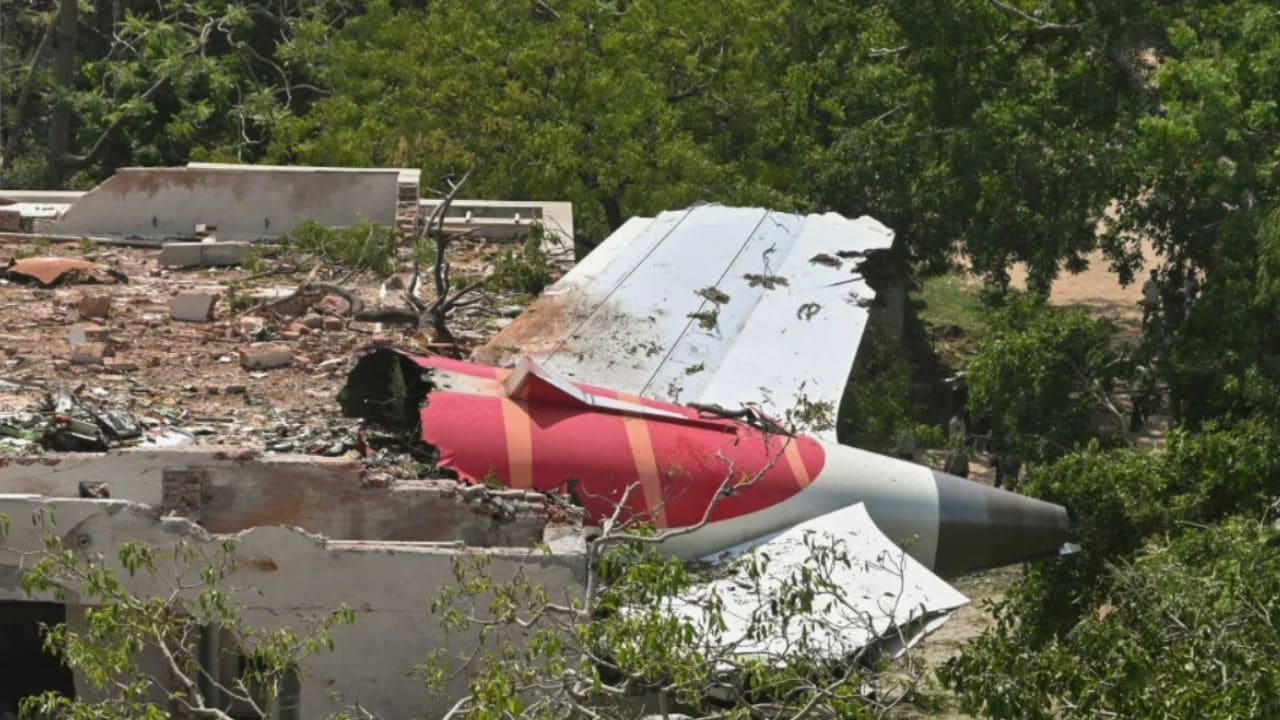
Aviation Consultant Urges AI Crash Investigation to Include Stabilizer Fault
Aviation Consultant Urges Thorough Examination of Stabilizer Fault in AI171 Crash
Background and Preliminary Findings
A prominent aviation consultant has called for a detailed investigation into a potential stabilizer fault in the crash of Air India flight AI171, underscoring the importance of resolving technical issues that may have contributed to the tragedy. The Boeing 787-8 Dreamliner crashed shortly after takeoff from Ahmedabad on June 12, resulting in the deaths of 241 passengers and crew members, as well as 19 individuals on the ground. The aircraft had completed a flight from Delhi and was en route to London Gatwick when the accident occurred.
A preliminary report released on July 12 revealed that the flight crew had reported a stabilizer fault upon arrival in Ahmedabad. Engineers reportedly addressed the issue before the aircraft’s onward journey. However, questions remain regarding whether the fault was fully rectified and if it played a role in the subsequent crash.
Expert Analysis and Technical Concerns
Capt Ehsan Khalid, an aviation expert, emphasized the need for investigators to analyze the flight data recorder, particularly focusing on stabilizer input data, to ascertain whether the fault was properly managed. He highlighted the critical role of the stabilizer, located on the aircraft’s tail, which controls the pitch of the plane. A malfunction during takeoff could create hazardous conditions, potentially leading to pilot error under stressful circumstances.
According to Khalid, standard procedure in the event of a stabilizer fault during takeoff requires the pilot to disengage the stabilizer control switches, which are positioned beneath the thrust lever assembly. These orange switches are situated adjacent to the fuel control switches, a detail that has become a focal point of the ongoing investigation and public speculation. Khalid suggested that the first officer, who was piloting the aircraft at the time, may have inadvertently shut off fuel to both engines while attempting to address the stabilizer issue, despite the tactile distinction between the switches. He noted that pilots are trained to maintain forward focus during takeoff to ensure a safe climb, which can increase the risk of such errors under pressure.
Broader Implications for Aviation Safety and Industry
The investigation faces considerable challenges, including determining the root cause of the stabilizer fault and assessing its implications for aviation safety regulations. The incident has intensified scrutiny of Boeing’s manufacturing and quality control processes. Industry analysts anticipate that the crash could prompt revisions to maintenance protocols across airlines and influence insurance premium structures for aviation companies.
Financial and legal ramifications are also under close review, as insurers and airlines evaluate potential liabilities arising from the crash. The heightened awareness of technical failures in aircraft systems may affect market confidence and drive competitors to enhance product reliability and safety standards. Legal experts are monitoring developments closely, anticipating wider consequences for the aviation sector.
As the inquiry progresses, stakeholders throughout the industry are preparing for possible regulatory reforms and renewed demands for stringent oversight of aircraft systems and maintenance practices.
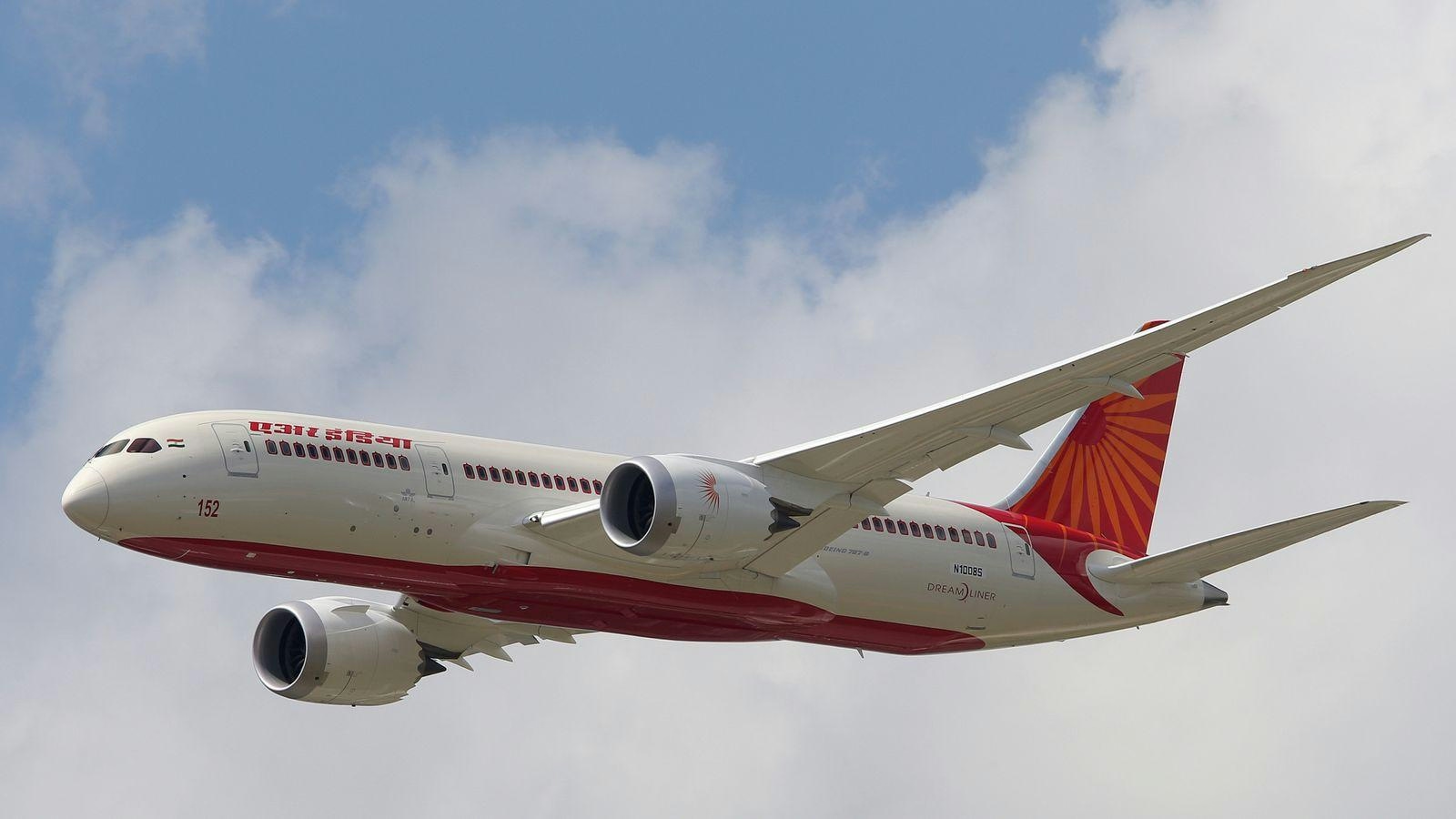
Aviation Expert Suggests Boeing 787 Software May Have Contributed to AI Crash
Aviation Expert Raises Concerns Over Boeing 787 Software in Air India Crash
Mary Schiavo, former Inspector General of the U.S. Department of Transportation and a prominent aviation attorney, has expressed serious concerns that a software-related engine thrust rollback malfunction in the Boeing 787 may have played a role in the recent crash of Air India Flight AI-171. In an exclusive interview with *The Sunday Guardian*, Schiavo highlighted a known issue previously examined by the U.S. National Transportation Safety Board (NTSB), where the aircraft’s computer systems could mistakenly reduce engine thrust during flight.
Drawing on her extensive experience overseeing major air safety investigations and representing families affected by aviation disasters, Schiavo emphasized the risks posed by Boeing’s involvement in its own crash investigations. She called on India’s Directorate General of Civil Aviation (DGCA) to undertake a comprehensive and independent inquiry, particularly given the complexity of the Boeing 787’s software systems.
Software Malfunction and Regulatory Concerns
Central to Schiavo’s warning is the Thrust Control Malfunction Accommodation (TCMA) system, mandated by the Federal Aviation Administration for the Boeing 787. The TCMA operates in conjunction with the Full Authority Digital Engine Control (FADEC) system, relying on computer inputs to determine whether the aircraft is airborne or on the ground. If these systems incorrectly classify the aircraft’s status, they may automatically adjust engine settings, potentially reducing thrust without any pilot intervention.
Schiavo referenced a 2019 incident involving Japan’s All Nippon Airways (ANA), where a similar dual engine thrust rollback occurred. The NTSB investigation into that event identified the issue as a software design flaw and led to corrective measures across the 787 fleet. According to Schiavo, such computer-triggered thrust reductions would leave distinct signatures in the flight data recorder, which investigators should carefully analyze in the case of AI-171.
Wider Implications for Boeing and the Aviation Industry
The possibility that Boeing 787 software contributed to the Air India crash is expected to heighten scrutiny from aviation regulators worldwide. Should software faults be confirmed, both Boeing and Air India could face significant legal consequences. The incident may also prompt a broader reassessment of software-related risks within the 787 fleet. Schiavo drew parallels to Boeing’s handling of the MCAS software issue, which previously sparked global controversy and regulatory intervention.
Beyond regulatory and legal ramifications, the crash carries immediate consequences for the global aviation insurance market. Industry analysts warn that insurance and reinsurance premiums could increase, particularly in India, where the aviation insurance sector has already been grappling with financial losses. Competitors may leverage the situation to highlight their own safety records and technological advancements, potentially affecting Boeing’s market position.
For Air India, the crash presents a critical challenge to its Vihaan.AI transformation program, which aims to elevate the airline to world-class status within five years. The investigation’s outcome and the airline’s subsequent response will be closely monitored by regulators, insurers, and the traveling public.
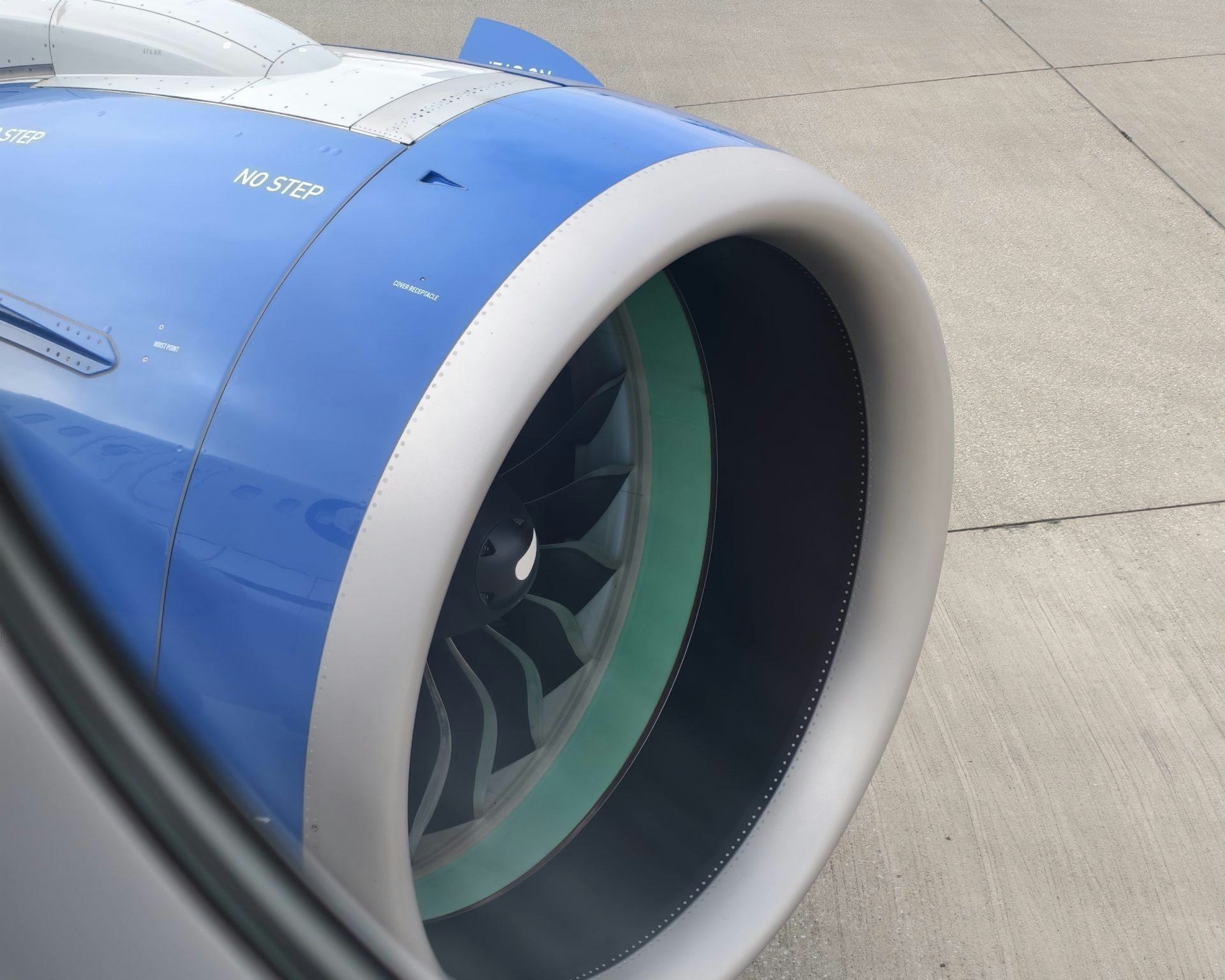
Rogue Pilot Attempts to Shut Down Engines at 31,000 Feet
Rogue Pilot Attempts to Shut Down Engines at 31,000 Feet
In October 2023, a harrowing incident aboard Alaska Airlines Flight 2059 underscored the critical importance of cockpit security and airline safety protocols. The Horizon Air-operated Embraer 175 was cruising at 31,000 feet en route from Everett, Washington, to San Francisco, California, carrying 84 passengers and crew when an off-duty pilot attempted to disable both engines mid-flight.
The Incident and Immediate Response
Captain Joseph David Emerson, an experienced Alaska Airlines pilot seated in the cockpit jump seat, unexpectedly reached for the engine fire suppression controls, known as T-handles, in an apparent attempt to cut off fuel supply to both engines. Such an action, if successful, could have resulted in a catastrophic dual engine flameout, placing all on board in grave danger. Fortunately, the on-duty flight crew acted swiftly to reset the fire suppression system and physically remove Emerson from the cockpit. The aircraft was diverted safely to Portland International Airport, where Emerson was taken into custody. Alaska Airlines confirmed that engine power was never lost, attributing the safe outcome to the crew’s rapid and professional response.
The airline publicly commended the Horizon Air captain and first officer for their composure and decisive action in managing what was described as a credible security threat. The incident has since prompted a renewed examination of cockpit access policies and mental health support for flight crews, as industry experts emphasize the psychological toll such events can impose on both crew members and passengers.
Background and Broader Implications
Court documents and witness statements revealed troubling details about Emerson’s mental state at the time of the incident. He reported having been awake for approximately 40 hours, suffering from dehydration and exhaustion, and experiencing depression for six months. Emerson also admitted to having taken psychedelic mushrooms for the first time two days prior to the flight. He described his actions as an attempt to “wake up,” believing he was dreaming when he pulled the fire handles.
Emerson’s career with Alaska Air Group spanned over two decades, beginning with Horizon Air in 2001, transitioning to Virgin America in 2012, and continuing with Alaska Airlines following its acquisition of Virgin in 2016. He was promoted to captain in 2019 and maintained all required Federal Aviation Administration (FAA) medical certifications, with no prior disciplinary record.
The incident has reverberated throughout the aviation industry, prompting regulators and airlines to intensify scrutiny of safety and security measures. Airlines are reviewing and strengthening protocols to reassure passengers and maintain public trust amid growing concerns. The episode also highlights the increasing focus on mental health support within the aviation sector, recognizing its vital role in preventing similar occurrences.
Industry Context and Ongoing Investigations
This event has drawn parallels with safety challenges in other sectors, such as the recent recall of Nissan Rogue vehicles due to potential engine failures. Both cases emphasize the necessity of rigorous safety checks and proactive risk management to safeguard lives and uphold confidence in critical industries.
As investigations continue, the Alaska Airlines Flight 2059 incident serves as a stark reminder of the unpredictable challenges faced by airlines. It underscores the essential role of vigilance, comprehensive training, and mental health resources in maintaining the highest standards of aviation safety.
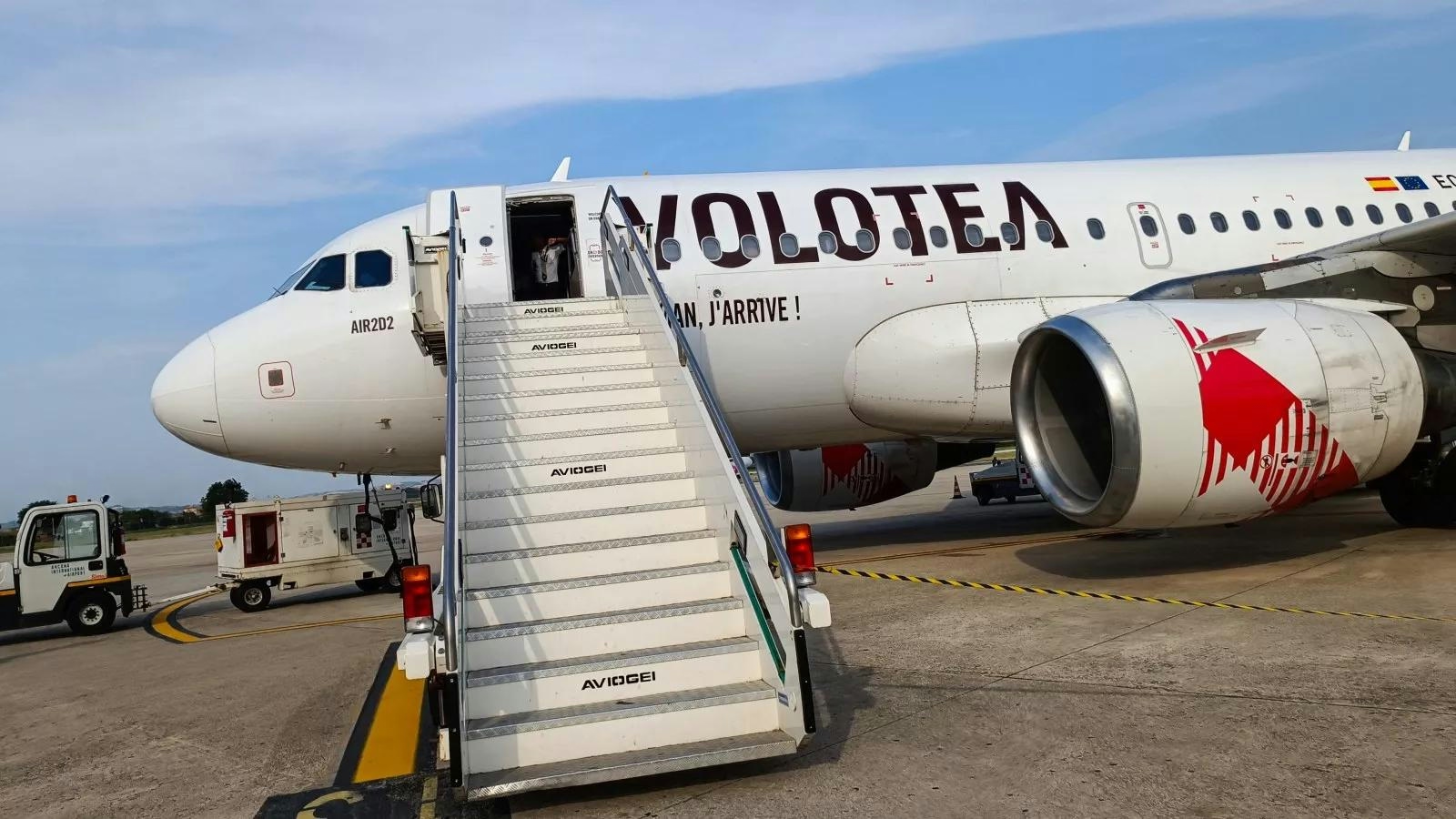
Investigation Launched into Fatal Injury Caused by Volotea A319 Engine at Milan Bergamo Airport
Investigation Launched into Fatal Injury Caused by Volotea A319 Engine at Milan Bergamo Airport
A tragic accident at Milan Bergamo Airport has resulted in the death of a ground worker after being struck by the engine of a Volotea Airbus A319 during taxiing operations. The incident occurred as the aircraft was maneuvering along a taxiway in preparation for departure. Italian authorities have initiated a formal investigation to establish the exact circumstances surrounding the fatality.
Details of the Incident
The accident took place at Milan Bergamo Airport, a key hub for low-cost carriers in northern Italy. The Volotea Airbus A319 involved, a narrow-body aircraft typically deployed on short- and medium-haul routes, was not carrying passengers at the time of the incident. Preliminary reports indicate that the victim, whose identity has not been disclosed, was working in close proximity to the aircraft’s engine when the accident occurred. The flight crew onboard the aircraft were unharmed.
Investigators are currently examining whether the engine was operating at high thrust during the incident and if all standard safety protocols were properly observed. The precise sequence of events remains under review as authorities gather further evidence.
Investigation and Regulatory Response
Italy’s Civil Aviation Authority (ENAC) has launched a comprehensive inquiry focusing on airport safety procedures and the aircraft’s taxiing operations. The investigation seeks full cooperation from Volotea, airport management, and ground personnel to clarify the factors that contributed to the fatal accident.
The inquiry will evaluate whether established safety measures were adhered to and if any technical or procedural lapses played a role. The findings are anticipated to influence future safety protocols and may have wider implications for ground operations across Italian airports.
Airport and Airline Statements
Both Milan Bergamo Airport and Volotea have expressed their condolences to the family of the deceased and have pledged full cooperation with the ongoing investigation. Airport officials confirmed that the accident occurred during routine taxiing and noted that overall airport operations were not significantly disrupted. They also emphasized their commitment to reviewing and enhancing safety protocols to prevent similar incidents in the future.
A spokesperson for Volotea stated, “We are deeply saddened by this tragedy and are fully cooperating with the authorities to understand the cause of this incident. Our thoughts are with the family of the individual involved, and we are committed to supporting the investigation process in any way possible.”
Broader Implications for Volotea and the Industry
This incident places Volotea under heightened regulatory scrutiny and may expose the airline to compensation claims as well as reputational challenges. Should Volotea be publicly traded, market reactions could include fluctuations in its stock price. Competitors within the industry may respond by reinforcing their own safety measures and issuing public reassurances to maintain customer confidence.
The tragedy highlights the critical importance of strict adherence to ground safety protocols, particularly in the vicinity of active aircraft engines. Modern jet engines, such as those fitted on the Airbus A319, present significant hazards if safety procedures are not rigorously enforced. The ongoing investigation will be closely monitored by industry stakeholders and the public alike.
For further updates, official statements from Volotea and Italian aviation authorities should be consulted.
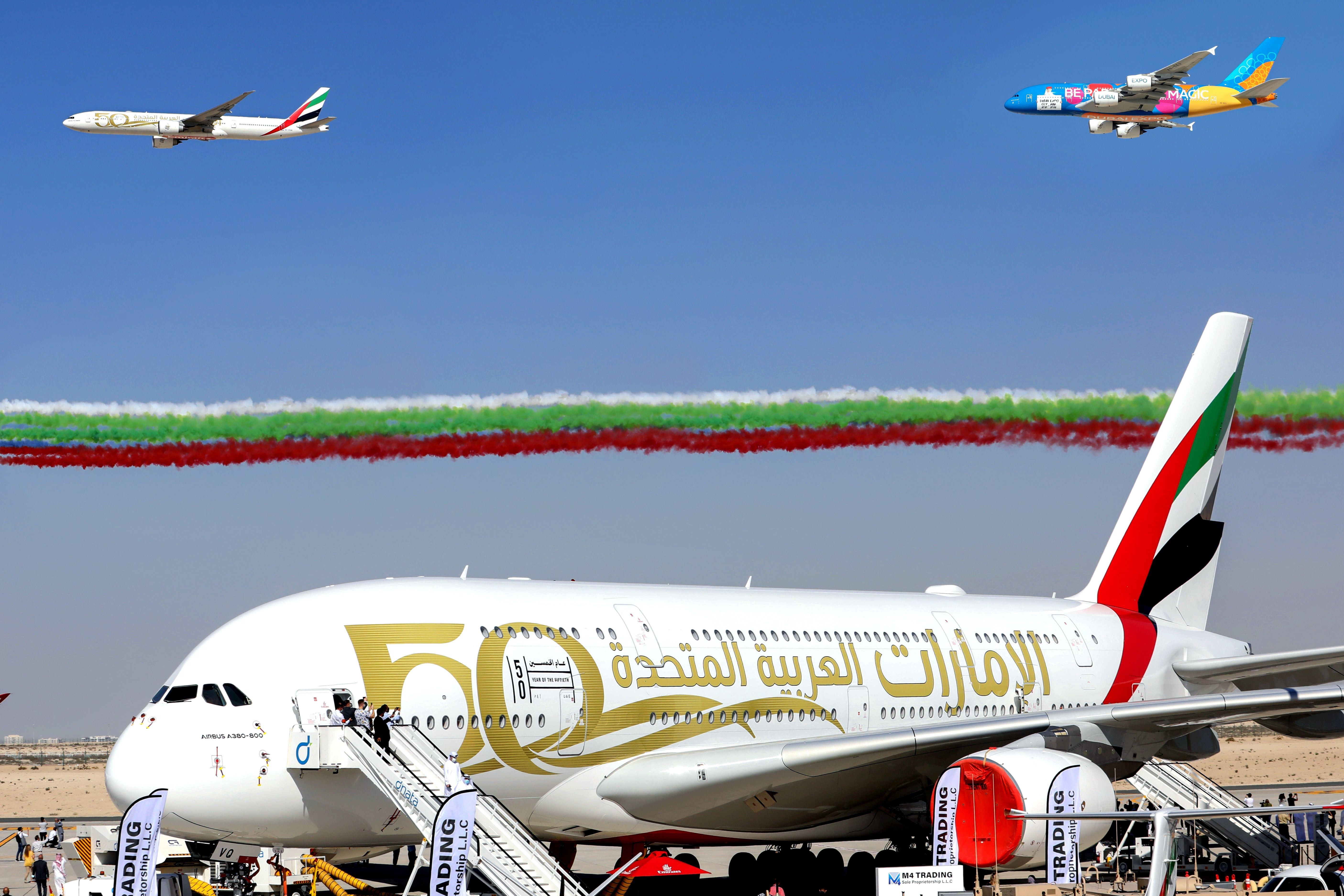
How the Boeing 777-300ER Compares to the Airbus A380 in Size
How the Boeing 777-300ER Compares to the Airbus A380 in Size
When discussing the largest commercial aircraft in operation today, the Boeing 777-300ER and the Airbus A380 are the two dominant models. Each represents a significant achievement in aerospace engineering but caters to different operational needs and market demands. Their differences in size, passenger capacity, and intended use highlight the distinct roles they play within global aviation.
Size and Capacity: A Detailed Comparison
The Airbus A380 holds the distinction of being the largest passenger airliner ever constructed. Its unique double-deck design enables it to accommodate up to 853 passengers in an all-economy configuration, or approximately 575 passengers in a more typical three-class layout. By contrast, the Boeing 777-300ER, the largest variant within the 777 family, can seat a maximum of 550 passengers in a high-density arrangement, though it more commonly carries around 396 passengers in a three-class configuration.
Physically, the A380 exceeds the 777-300ER in nearly every dimension except length. The 777-300ER measures 242 feet 4 inches (73.9 meters) in length, slightly longer than the A380’s 238 feet 7 inches (72.7 meters). However, the A380’s wingspan extends to 261 feet 8 inches (79.8 meters), significantly wider than the 777-300ER’s 212 feet 7 inches (64.8 meters). The A380 also stands taller at 79 feet (24.1 meters), compared to the 777-300ER’s height of 61 feet (18.5 meters). In terms of maximum takeoff weight, the A380’s 1,234,600 pounds (560,000 kilograms) far surpasses the 777-300ER’s 775,000 pounds (351,534 kilograms). These dimensions underscore the A380’s dominance in size and capacity, despite the 777-300ER’s advantage in length.
Operational Roles and Market Positioning
The Boeing 777-300ER was engineered to serve long-haul routes with a focus on operational efficiency and flexibility. Its twin-engine design allows it to operate from a broader range of airports, including those unable to accommodate the larger A380. This versatility, combined with lower operating costs and a moderate passenger capacity, makes the 777-300ER a preferred choice for airlines seeking to balance capacity with economic performance.
Conversely, the Airbus A380 was developed to maximize passenger volume on high-density international routes, primarily connecting major global hubs. Its immense size necessitates specialized airport infrastructure, limiting the number of airports capable of handling the aircraft. Nevertheless, the A380 remains a favored option for carriers aiming to transport large numbers of passengers efficiently on heavily trafficked routes.
Industry Response and Future Developments
The market’s response to these aircraft reflects their strategic roles within the aviation sector. Emirates, the largest operator of the A380, continues to invest in the superjumbo, with plans to upgrade its first-class suites and extend the aircraft’s operational lifespan through 2040. The airline has also expressed interest in Boeing’s developments, including visits to Boeing’s assembly facilities to monitor progress.
Meanwhile, other airlines are reassessing their fleet compositions. Kenya Airways, for example, is considering reintroducing the 777-300ER alongside exploring the Boeing 737 MAX, demonstrating the ongoing relevance of the 777 family. In response to Boeing’s advancements, Airbus is developing a stretched version of its A350 to compete directly with the forthcoming Boeing 777-9, highlighting the competitive dynamics shaping the large aircraft market.
Conclusion
While the Airbus A380 remains the world’s largest passenger aircraft by nearly every measure except length, the Boeing 777-300ER continues to hold a vital position in commercial aviation due to its versatility and efficiency. Both aircraft exemplify the evolving demands of the industry and maintain prominent roles in the global air travel landscape.
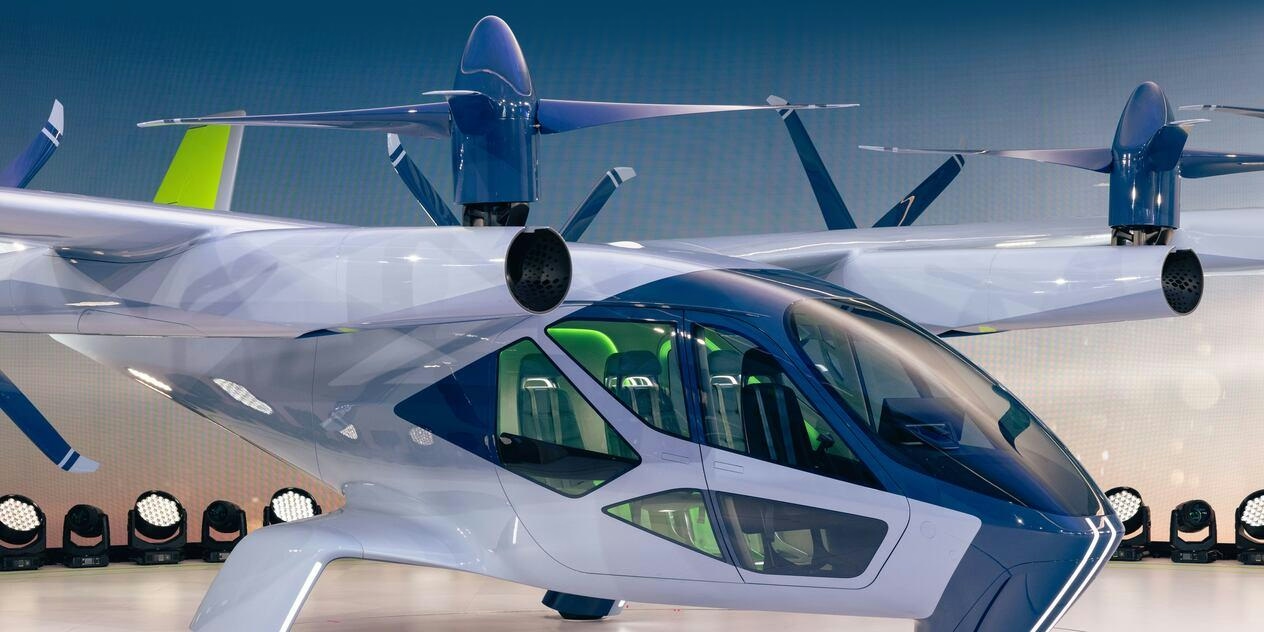
Hyundai’s Supernal Startup Lays Off 53 Employees in California Amid Shift to Flying Taxi Production
Hyundai’s Supernal Startup Lays Off 53 Employees in California Amid Shift to Flying Taxi Production
Hyundai’s electric vertical takeoff and landing (eVTOL) startup, Supernal, has announced the layoff of 53 employees across its California operations, representing roughly 10% of its local workforce. This reduction reflects the company’s strategic pivot from technology development toward the certification and production phases of its flying taxi program.
Workforce Reductions and Organizational Realignment
The layoffs affect 25 employees at Supernal’s headquarters in Irvine, 27 at its Fremont facility in the Bay Area, and one at its Mojave site, according to a filing with California’s Employment Development Department. These job cuts, which began on June 30 and are expected to be permanent, will reduce Supernal’s total workforce to approximately 500 employees. The company relocated its headquarters from Washington, D.C., to Irvine two years ago as part of its broader expansion efforts.
Veronica Grigoriou, a spokesperson for Supernal, described the layoffs as part of an “organizational realignment” aligned with the company’s transition toward product development. She emphasized that the decision was made after careful consideration of the company’s roadmap, available resources, and objectives for the remainder of the year.
Certification Timeline and Production Challenges
Supernal is currently navigating the Federal Aviation Administration’s (FAA) certification process, with plans to initiate its application in 2026 and pursue “type certification” for its aircraft by 2028. Despite the workforce reductions, Grigoriou affirmed that the company’s timeline remains unchanged, with production aircraft deliveries still targeted for late 2028. However, a production site for the flying taxis has yet to be finalized.
The layoffs come amid growing challenges for Supernal as it seeks to scale flying taxi production. Industry analysts suggest that workforce cuts may raise doubts about the startup’s ability to meet its ambitious goals. Meanwhile, competitors such as Joby Aviation, Eve Air Mobility, and Amazon Zoox are accelerating their efforts to capture market share in the rapidly evolving air taxi sector. Joby is advancing toward commercial readiness, Amazon Zoox has expanded its self-driving taxi production, and Waymo continues to increase its autonomous taxi operations in California. Regulatory developments, including the National Highway Traffic Safety Administration’s recent easing of rules for self-driving vehicles, further highlight the competitive and dynamic nature of the industry.
Recent Developments and Future Outlook
Supernal has made notable progress in recent months, including conducting tethered flight tests in March and planning untethered demonstrations at its Mojave facility later this year. The company also strengthened its leadership team by appointing David McBride, a former NASA executive, as chief technology officer in March 2024.
The layoffs encompass a broad range of roles, from battery cell test engineers and electrical managers to IT coordinators and project leads. In a letter to the state, Hyunsik Kim, Supernal’s head of human resources, stated that the reductions are intended to support the company’s long-term strategic priorities.
These job cuts were disclosed under the federal Worker Adjustment and Retraining Notification (WARN) Act, which mandates employers to provide at least 60 days’ notice to affected employees when laying off more than 50 workers.
As Supernal advances its transition to production, both the company and the broader advanced air mobility sector face intensified scrutiny and competition ahead of significant milestones, including the LA28 Olympics, where flying taxis are expected to feature prominently.
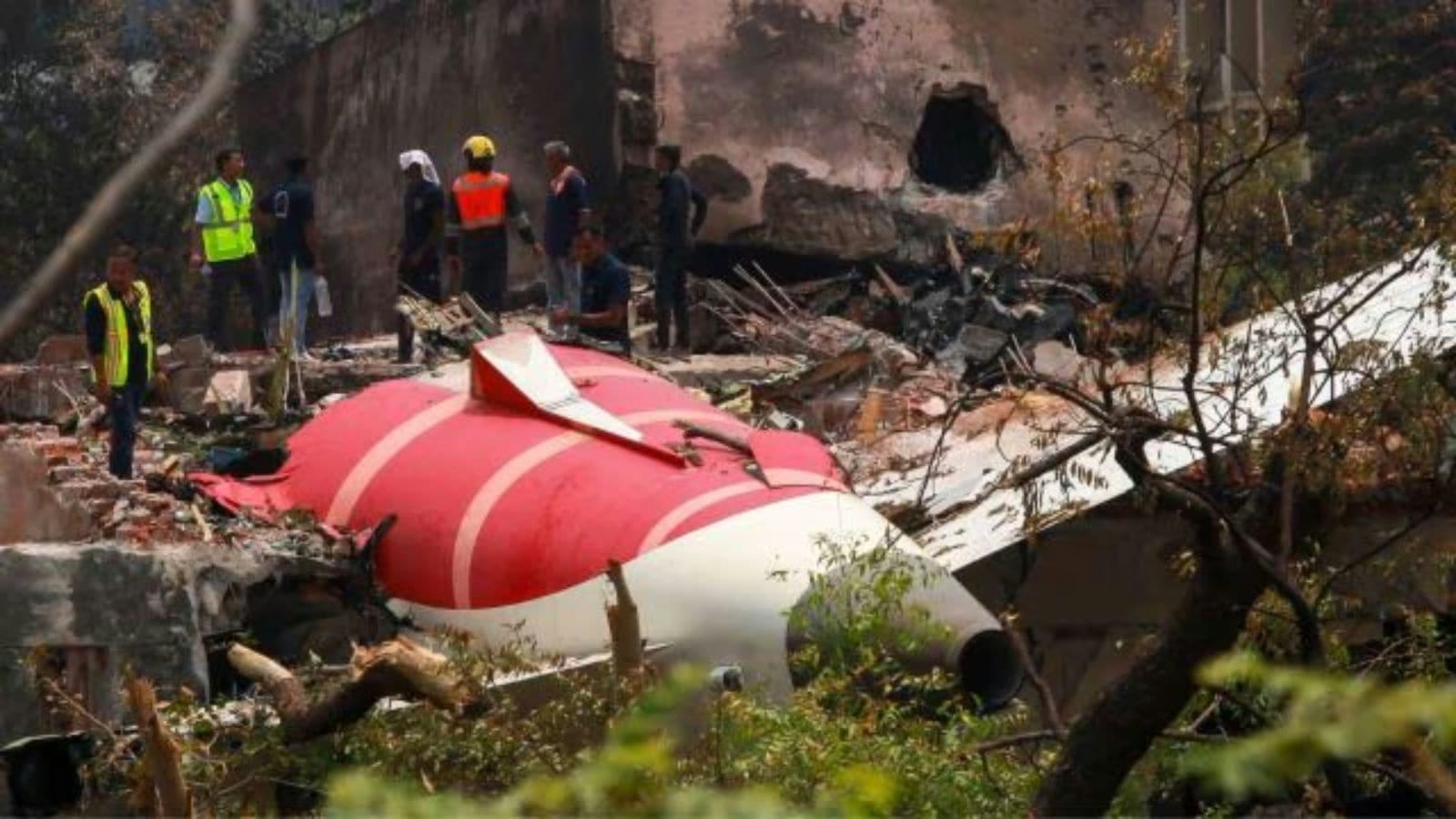
Indian Pilot Group FIP Threatens Legal Action Against Wall Street Journal Over AI 171 Coverage
Indian Pilots’ Federation Threatens Legal Action Over Air India AI 171 Crash Coverage
The Federation of Indian Pilots (FIP), representing approximately 5,500 pilots, has announced its intention to pursue legal action against The Wall Street Journal (WSJ) following the US newspaper’s recent reporting on the Air India flight AI 171 crash on June 12. FIP President CS Randhawa expressed strong objections to the WSJ’s implication of pilot involvement in the incident, emphasizing that the preliminary investigation report does not attribute the crash to pilot error or actions.
Randhawa stated, “We strongly object to the targeting of pilots when the preliminary report does not mention pilot error or action. They are maligning the pilots. We are contemplating legal action and will be consulting our lawyers.” His remarks underscore the pilots’ frustration with what they perceive as unfounded allegations that could damage their professional reputation.
Dispute Over Preliminary Findings and Media Reporting
The controversy stems from a WSJ article citing unnamed sources “familiar with US officials’ early assessment of the investigation,” which suggested that cockpit voice recorder data had shifted investigative focus onto one of the pilots, who may have switched off the fuel control switches. However, the preliminary report issued by India’s Aircraft Accident Investigation Bureau (AAIB) states only that both engines lost power after the fuel control switches moved from ‘RUN’ to ‘CUTOFF’ within a second of each other shortly after takeoff. The report records a brief exchange between the pilots—one questioning why the fuel was cut off and the other denying responsibility—but does not confirm whether either pilot physically operated the switches.
Several Indian pilot associations, including the Indian Commercial Pilots Association (ICPA) and the Airline Pilots’ Association of India (ALPA-I), have also condemned what they describe as premature speculation and insinuations against the flight crew. They argue that drawing conclusions at this early stage, based solely on limited preliminary findings, is both unwarranted and potentially harmful to the individuals involved.
Aviation ministry officials and industry experts have echoed these concerns, emphasizing that the investigation remains ongoing and that initial findings are provisional. The AAIB’s report itself includes a disclaimer noting that its conclusions are based on “preliminary facts and evidence” and may evolve as the inquiry progresses.
Broader Implications for the Aviation Sector
The FIP’s threat of legal action against an international publication such as the WSJ introduces complex legal and reputational challenges for the pilot group. This development has attracted attention from various aviation industry stakeholders, with some analysts cautioning that heightened scrutiny could negatively affect investor confidence in Air India. Competitors may also adopt defensive public relations measures to counter any adverse publicity stemming from the controversy.
Adding to the sector’s challenges, recent aviation safety audits have uncovered multiple lapses in airline maintenance across the industry, raising broader concerns about operational standards and safety culture. As the investigation into the AI 171 crash continues, experts stress the importance of focusing on identifying the root cause rather than prematurely assigning blame.
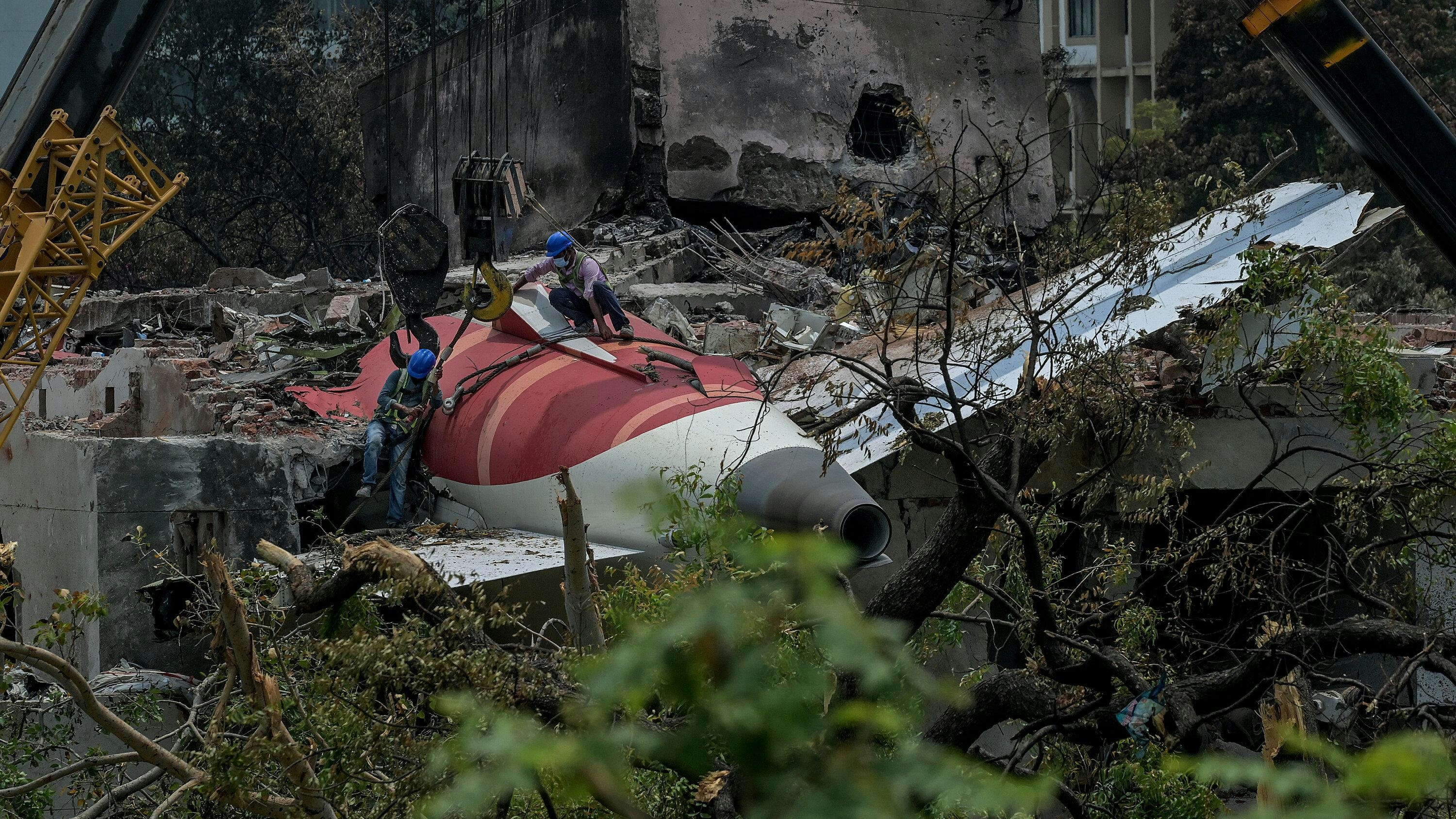
New Evidence Indicates Air India Pilot Reduced Fuel Before Fatal Crash
New Evidence Indicates Air India Pilot Reduced Fuel Before Fatal Crash
A recent report by the Wall Street Journal has brought new insights into the tragic Air India crash last month that resulted in the deaths of 270 people. Building on preliminary findings from Indian authorities, the report reveals that the flight’s captain deliberately switched off the aircraft’s fuel-control switches shortly after takeoff. This critical action has become a focal point in the ongoing investigation into the disaster.
Insights from Black Box Recordings
On June 12, Air India Flight 171, bound for London’s Gatwick Airport, crashed soon after departing Ahmedabad, India. The catastrophe claimed 241 of the 242 passengers and crew on board, along with 29 individuals on the ground. Among the victims was a four-year-old child, while one passenger, Vishwash Kumar Ramesh, survived with minor injuries.
Sources familiar with the investigation have disclosed that black box recordings captured a tense exchange between Captain Sumeet Sabharwal, aged 56, and First Officer Clive Kunder, aged 32. According to reports from the Wall Street Journal and ABC News, the first officer, who was piloting the Boeing 787 Dreamliner at the time, questioned the captain after he moved the fuel-control switches to the “cutoff” position immediately following takeoff. Kunder reportedly expressed shock and panic, whereas Sabharwal remained composed. The switches, which regulate fuel flow to the aircraft’s two engines, were turned off in rapid succession—approximately one second apart—and then reactivated about ten seconds later. Despite the brief duration, this interruption in fuel supply caused a catastrophic loss of engine thrust, which investigators believe was a direct factor in the crash.
Scrutiny of Pilot Actions and Cockpit Procedures
Aviation experts and investigators are meticulously examining the sequence of events and cockpit procedures leading up to the tragedy. The Aircraft Accident Investigation Bureau (AAIB) of India noted in its preliminary report that the black box recorded one pilot questioning the other’s actions, though it did not clarify whether the fuel cutoff was accidental or intentional. However, sources cited by the Wall Street Journal indicate that Captain Sabharwal was responsible for switching off the fuel.
The AAIB has cautioned against premature conclusions, emphasizing that the investigation remains ongoing and that it is “too early to reach any definite conclusions.” Nevertheless, the focus on the captain’s actions has raised significant questions regarding cockpit communication, crew resource management, and adherence to standard operating procedures during critical phases of flight.
Public Reaction and Continuing Investigation
The emergence of this new evidence has ignited debate among aviation experts and the public. On Thursday, three aviation specialists appeared on Megyn Kelly’s show to analyze the findings and discuss whether the pilot’s actions were deliberate. The absence of clear answers has intensified speculation, particularly amid concerns about transparency in the investigative process.
As authorities continue to reconstruct the final moments of Flight 171, the tragedy has renewed attention on cockpit protocols and the vital importance of clear communication between flight crew members during emergencies. The investigation remains active, with officials striving to uncover the full circumstances surrounding one of India’s deadliest aviation disasters.
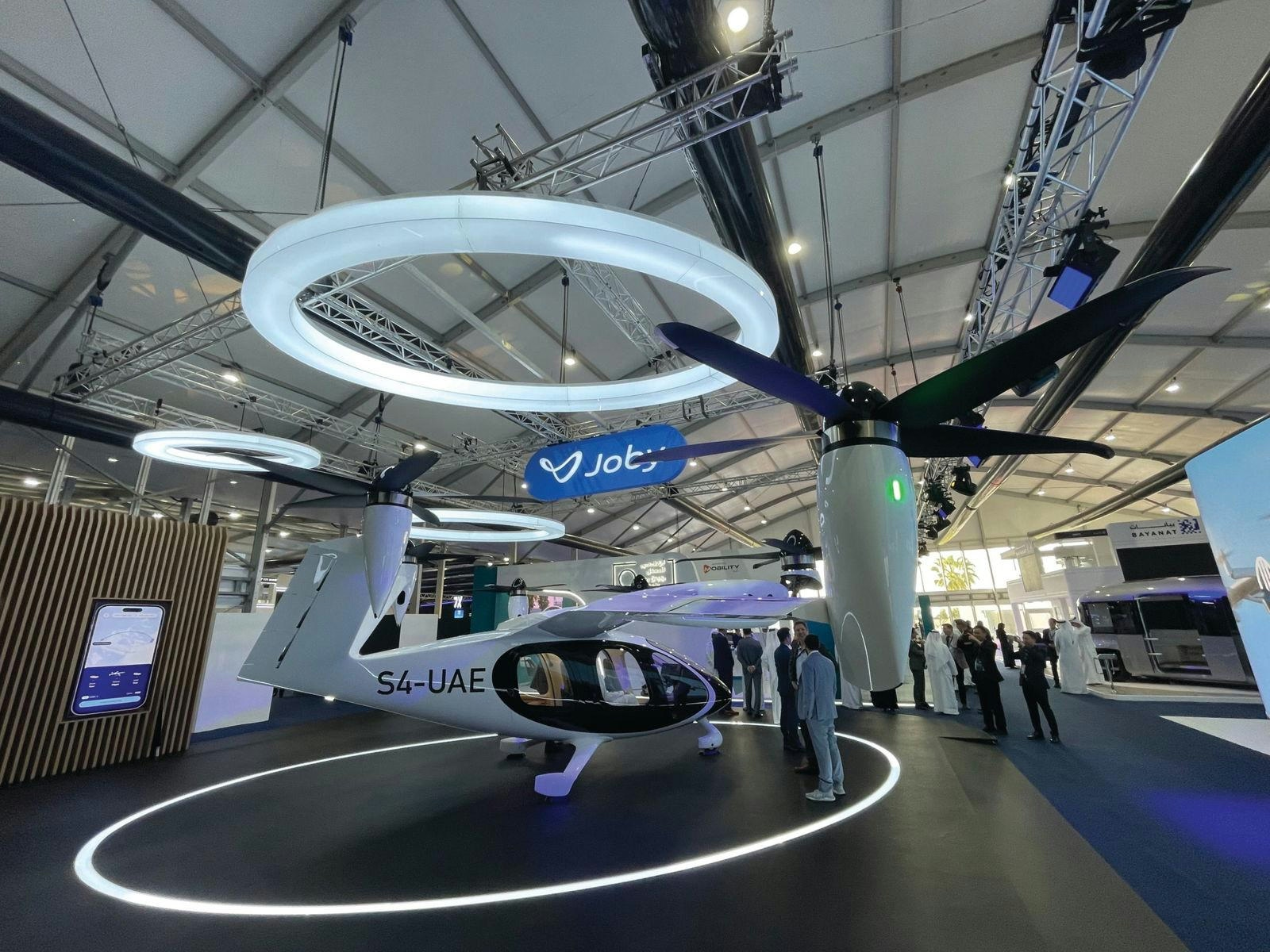
UAE and China Finalize $1 Billion Deal for 350 Flying Taxis
UAE and China Finalize $1 Billion Deal for 350 Flying Taxis
The United Arab Emirates and China have concluded a landmark agreement for the acquisition of 350 E20 electric vertical takeoff and landing (eVTOL) aircraft, valued at approximately $1 billion. This transaction, reported by People’s Daily Online, represents the largest pre-order for eVTOLs in China to date and highlights the accelerating momentum within the global air taxi industry.
Strategic Partnership and Deployment Plans
This agreement builds upon a partnership initiated at the previous year’s China International Import Expo (CIIE). The E20 air taxis, developed domestically in China, will be delivered in multiple batches and are intended for commercial deployment across the Middle East and North Africa. The primary applications targeted include low-altitude tourism and urban air mobility, sectors experiencing rapidly growing demand for innovative transportation solutions.
The E20 model is engineered to carry one pilot and four passengers, with a range of 200 kilometers and a maximum speed of 320 km/h. Its introduction is poised to support the UAE’s ambitions to establish itself as a regional leader in advanced air mobility. This initiative follows recent developments such as Saudi Arabia’s launch of a self-driving air taxi trial during the Hajj season, underscoring the region’s commitment to pioneering new transportation technologies.
Challenges and Industry Context
Despite the promising outlook, the deployment of these flying taxis faces several challenges. Regulatory approval processes, technological integration, and competition from both established and emerging players in the eVTOL sector remain significant obstacles. The deal aligns with a broader global trend, exemplified by recent agreements such as Eve Air Mobility’s preliminary contract for up to 54 electric air taxis with a US start-up, and Joby Aviation’s expansion into Dubai as it advances toward commercial market readiness.
Industry analysts observe that such high-profile agreements are intensifying competition and driving increased investment in eVTOL technology. Companies like Xpeng are demonstrating technological advancements at international forums, including the upcoming 2025 CVPR autonomous driving workshop, while sensor technology providers such as AEye have secured partnerships with major original equipment manufacturers (OEMs).
These developments underscore the growing importance of the eVTOL market as governments and private enterprises worldwide compete to lead the next generation of urban mobility. The UAE-China deal is expected to stimulate further interest in the sector and accelerate the adoption of air taxi technology across key global markets.
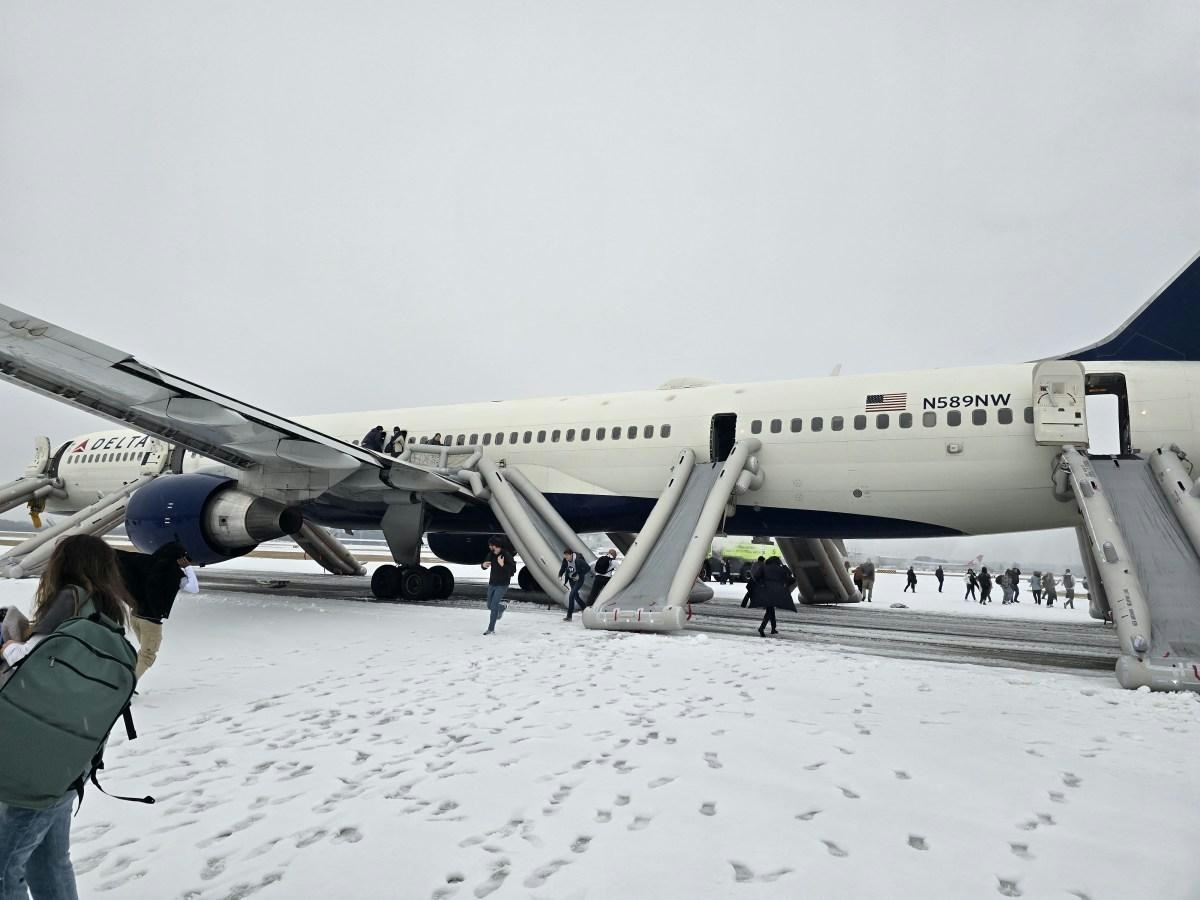
Delta Airlines Flight Returns to Los Angeles After Mid-Air Engine Fire
Delta Airlines Flight Returns to Los Angeles Following Mid-Air Engine Fire
A Delta Air Lines flight en route to Atlanta was compelled to make an emergency return to Los Angeles International Airport (LAX) on July 18, 2025, after its left engine caught fire shortly after takeoff. The incident involved Flight DL446, a Boeing 767-400ER registered as N836MH, and has raised important questions regarding aviation safety protocols and the airline’s crisis management.
Incident Details and Emergency Response
Flight DL446 departed LAX on schedule, destined for Hartsfield-Jackson Atlanta International Airport (ATL). Shortly after liftoff, while climbing over the Pacific Ocean, the flight crew detected abnormal readings from the left engine, a General Electric CF6. Within minutes, the pilots declared an emergency and requested an immediate return to LAX. Radar data indicated the aircraft circled over the Downey and Paramount areas as the crew executed emergency procedures.
Air traffic controllers coordinated closely with Los Angeles World Airports (LAWA) emergency teams to ensure a swift response. Fire and rescue units, including Aircraft Rescue and Fire Fighting (ARFF) teams and ground vehicles, were dispatched to the airport. The Boeing 767 landed safely, and fire crews promptly confirmed that the flames had been extinguished. None of the 200 passengers and crew sustained injuries. Throughout the ordeal, passengers remained calm, reassured by the captain’s announcements. Emergency personnel conducted thorough post-landing inspections before towing the aircraft to a maintenance area for further evaluation.
Industry Impact and Ongoing Investigations
This incident occurs amid heightened scrutiny of airline safety, following recent events such as an American Airlines flight returning to Las Vegas due to engine complications. Delta now faces the challenge of managing passenger concerns and maintaining confidence in its safety standards. Aviation authorities are expected to launch a detailed investigation into the cause of the engine fire, the findings of which could influence Delta’s reputation and competitive standing.
In the broader context, rival carriers including United Airlines and American Airlines may leverage the situation to highlight their own safety records, potentially intensifying competition within the U.S. airline industry. Delta’s effectiveness in crisis management and transparent communication with passengers and regulators will be pivotal in shaping public perception in the aftermath of the incident.
Public and Media Response
The emergency landing attracted significant public attention, amplified by live coverage from aviation enthusiasts, including streams on the “LA Flights” YouTube channel. While the absence of injuries was a relief, the event has reignited discussions about airline safety and operational reliability.
As investigations continue, Delta Airlines will be under pressure to reassure travelers and stakeholders of its commitment to safety amid increasing industry scrutiny.
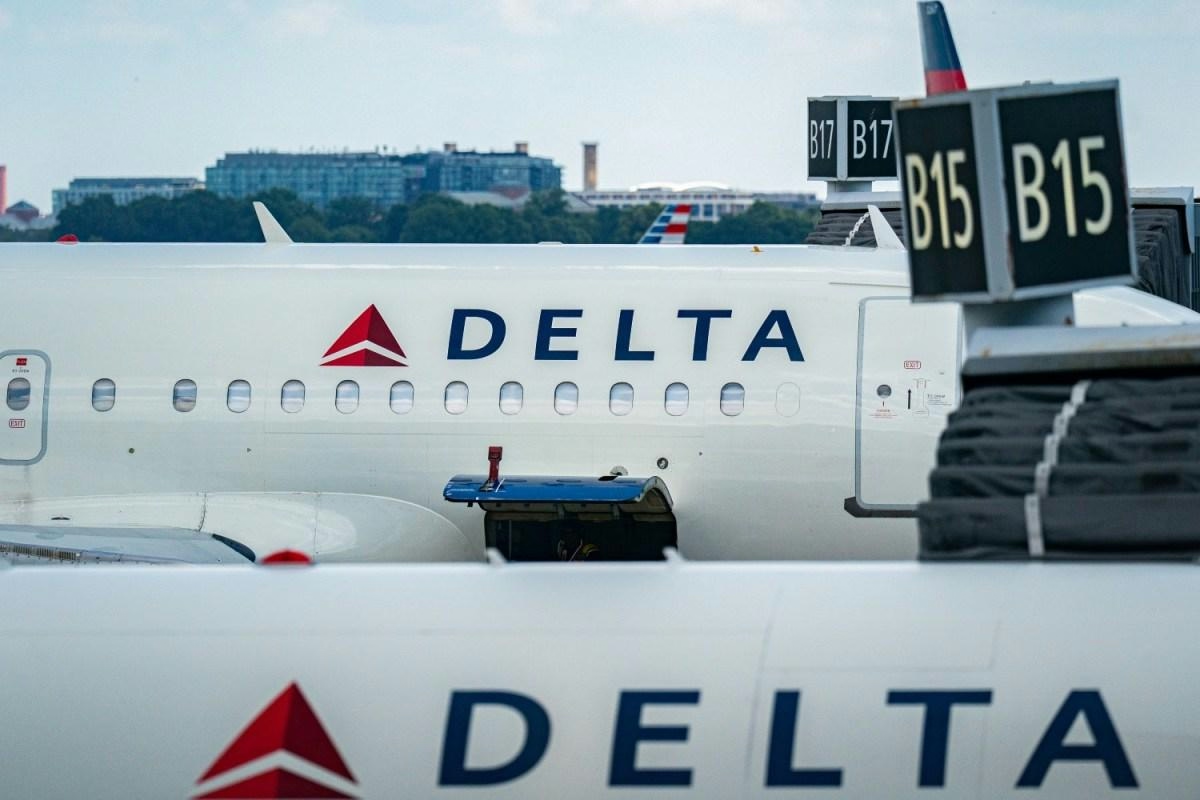
Delta Aims for AI-Driven Dynamic Pricing on 20% of Flights by 2025
Delta Aims to Implement AI-Driven Dynamic Pricing on 20% of Flights by 2025
Delta Air Lines is intensifying its integration of artificial intelligence into its fare-setting processes, with the objective of applying AI-driven dynamic pricing to 20% of its flights by the end of 2025. Currently, the airline employs AI pricing on approximately 3% of its domestic flights, following initial trials of dynamic pricing tools developed by Israeli technology firm Fetcherr that began last year.
Strategic Focus on Revenue Optimization
During a recent investor call, Delta executives highlighted the company’s commitment to “optimizing revenue” through its collaboration with Fetcherr and the deployment of AI-enhanced pricing solutions. Delta President Glen Hauenstein emphasized that while the airline is still in a “heavy testing phase,” the results have been promising. He stated, “Our goal is to have about 20% [of flights using AI pricing] by the end of the year, and that’s a goal.” Hauenstein also underscored the importance of a measured rollout, noting the company’s preference to avoid rushing the implementation to prevent unintended consequences.
Controversy and Criticism Surrounding AI Pricing
Delta’s move toward AI-driven dynamic pricing has sparked criticism from consumer advocates and some lawmakers. Senator Ruben Gallego (D-Ariz.) condemned the approach, accusing the airline of exploiting AI to maximize profits at the expense of passengers. On social media platform X, Gallego asserted that Delta’s CEO was “bragging about using AI to find your pain point—meaning they’ll squeeze you for every penny,” labeling the practice as “predatory pricing” rather than fair or competitive.
In response, Delta has defended its pricing practices, emphasizing that fares are “publicly filed and based solely on trip-related factors like advance purchase and cabin class.” The airline also affirmed that it maintains “strict safeguards to ensure compliance with federal law,” seeking to reassure consumers and regulators alike.
Industry Context and Potential Implications
Delta’s initiative unfolds amid broader debates over the use of dynamic pricing across various sectors. Earlier this year, fast-food chain Wendy’s abandoned plans for surge pricing following widespread public backlash, illustrating the potential for consumer resistance. Delta may face similar challenges, particularly as social media platforms amplify concerns about pricing fairness and transparency.
Beyond public perception, the airline’s strategy could invite increased regulatory scrutiny and provoke competitive responses. Rival carriers might adopt comparable AI-driven pricing models or enhance loyalty programs to maintain market share. Meanwhile, skepticism persists regarding AI’s ability to accurately forecast demand and set optimal prices, especially as questions arise about the long-term viability of the current AI surge.
Despite these challenges, Delta appears resolute in expanding its use of AI in pricing. The airline’s substantial revenue from its partnership with American Express may buffer it against some consumer backlash, reducing its sensitivity to negative publicity compared to companies more dependent on ticket sales alone. As the airline industry increasingly adopts business models akin to the financial sector, Delta’s experiment with AI-driven pricing is poised to set a significant precedent, one that will be closely monitored by regulators and competitors alike.
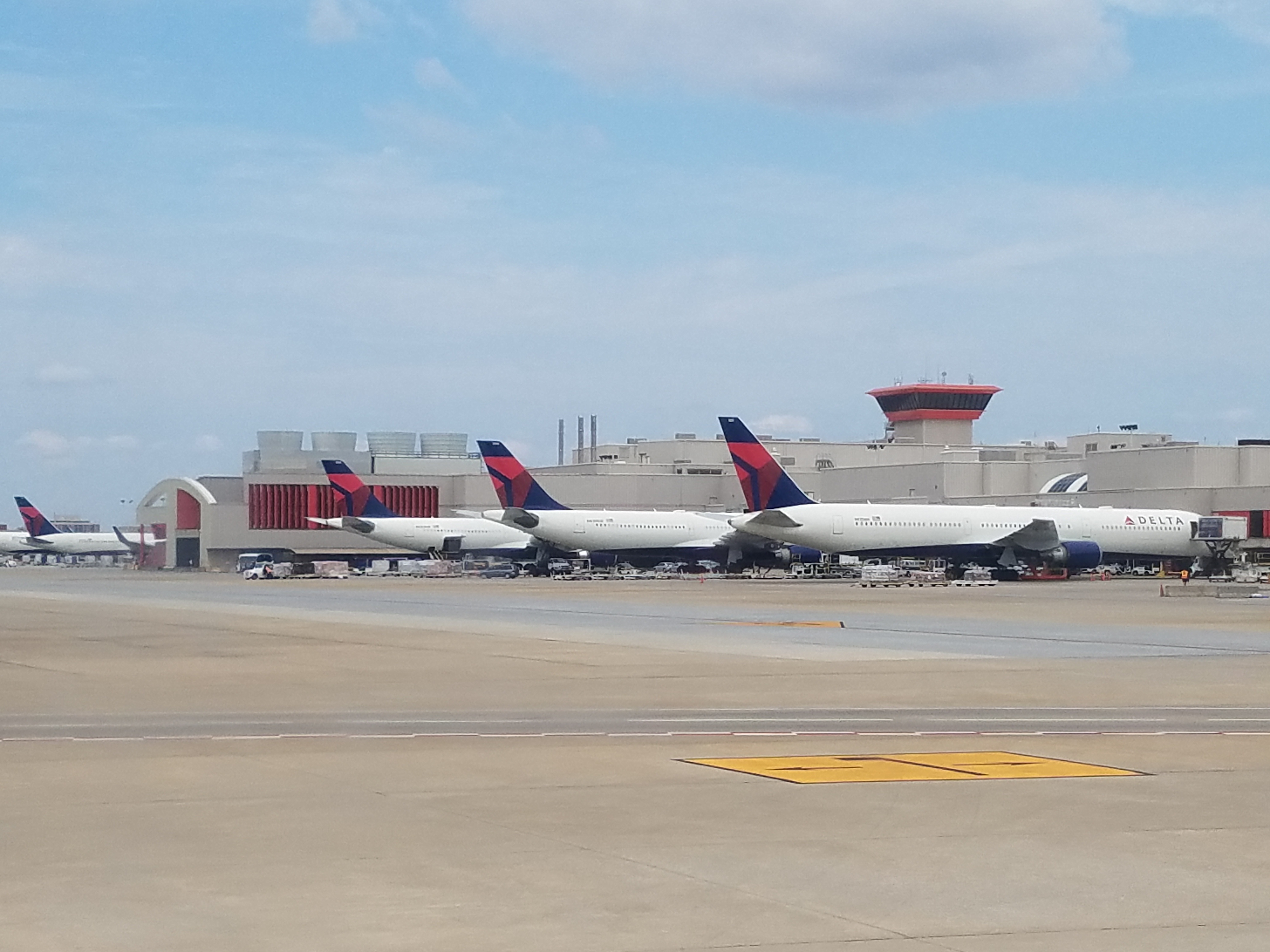
Delta Air Lines Nears Deal for Boeing 787 Aircraft
Delta Air Lines Nears Agreement to Acquire Boeing 787 Aircraft
Delta Air Lines is reportedly on the verge of finalizing an order for Boeing 787 aircraft, signaling a notable evolution in its long-haul fleet strategy. The Atlanta-based carrier, which earlier this year placed an order for up to 40 Airbus A350s scheduled for delivery between 2025 and 2027, appears intent on further diversifying its widebody fleet. The incoming Airbus jets are expected to feature upgraded business class suites, underscoring Delta’s continued emphasis on enhancing its premium cabin experience.
Strategic Fleet Diversification Amid Industry Constraints
According to industry sources, including aviation analyst JonNYC, Delta’s Boeing 787 order could be publicly announced by late 2025 or early 2026, with the 787-10 variant identified as the probable selection. This decision reflects Delta’s effort to balance its aircraft portfolio amid constrained production capacities at both Airbus and Boeing, whose delivery schedules are largely booked well into the next decade.
Delta has long been recognized for its rigorous negotiation tactics with aircraft manufacturers, often securing advantageous terms. While the airline historically favored acquiring used Boeing jets, recent years have seen an expansion of its partnership with the U.S. manufacturer, particularly as Boeing offers competitive incentives to reclaim market share.
Challenges Facing Boeing and Competitive Dynamics
The prospective deal arrives at a challenging juncture for Boeing. The company is currently under intensified international scrutiny following the Air India crash, which has prompted heightened safety inspections and regulatory reviews of the 787 model. These developments may pose additional obstacles for Delta, both in securing regulatory approvals and managing public perception. Concerns among passengers and investors regarding the safety of Boeing’s widebody aircraft could influence demand and contribute to share price volatility.
Competitors are closely monitoring the situation. Airlines such as Alaska Airlines may seek to exploit any difficulties faced by Delta by expanding their international route networks or emphasizing their use of alternative aircraft types. Meanwhile, Airbus continues to consolidate its market position, recently securing a significant order from Riyadh Air, which may divert attention and market share away from Boeing.
Despite these headwinds, Delta’s approach reflects the realities of a constrained aircraft market. With both major manufacturers grappling with production backlogs, large carriers like Delta and American Airlines are leveraging their scale to secure delivery slots and negotiate favorable terms. By distributing orders between Airbus and Boeing, Delta aims to mitigate risk and ensure timely fleet renewal amid ongoing supply chain challenges.
As the industry awaits an official announcement from Delta, the outcome of this deal will be closely scrutinized for its implications on competitive dynamics, passenger confidence, and the enduring rivalry between the world’s two largest aircraft manufacturers.
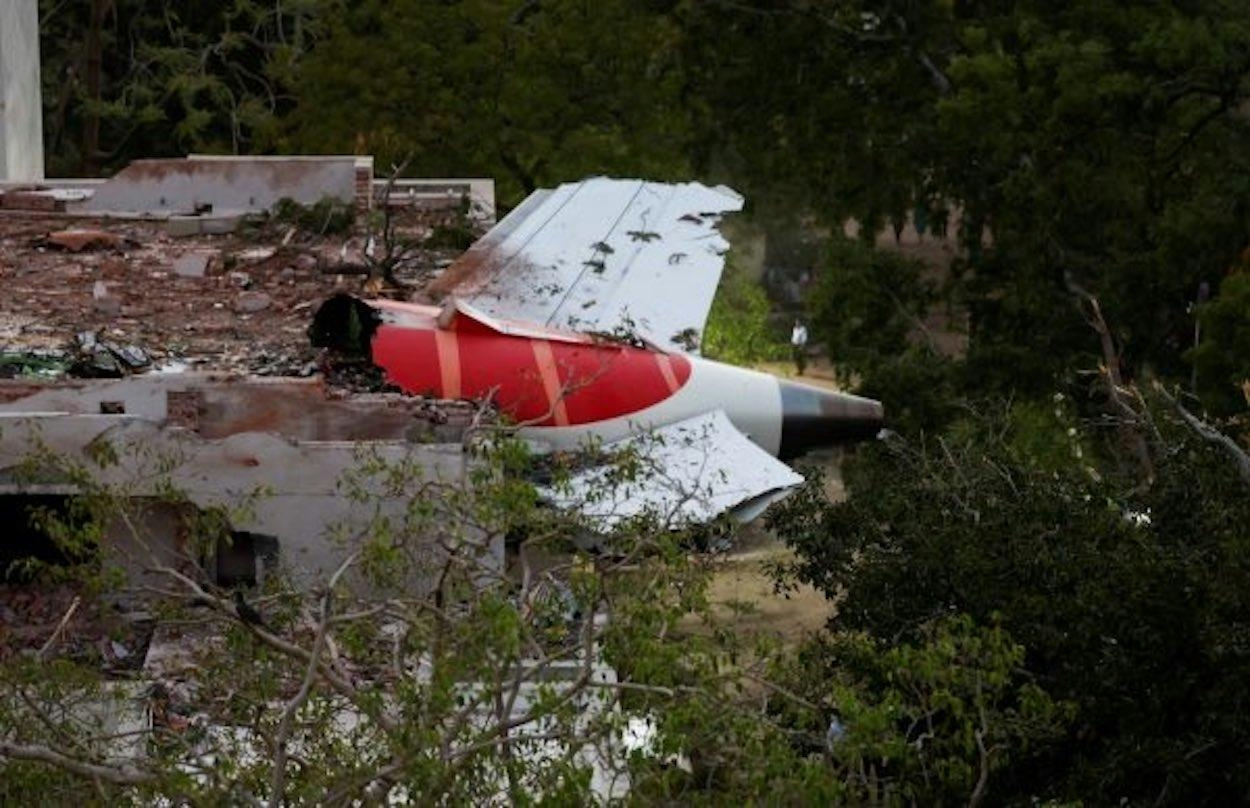
NTSB Denies Media Reports on AI-171 Crash Investigation
NTSB Refutes Media Speculation on Air India AI-171 Crash Investigation
The U.S. National Transportation Safety Board (NTSB) has issued a firm rebuttal to recent media reports concerning the preliminary investigation into the Air India AI-171 crash. Chairwoman Jennifer Homendy characterized these reports as "premature and speculative," urging both the public and the press to withhold judgment until the official findings are published by the Air Accidents Investigation Branch (AAIB).
Official Statements and Media Claims
The NTSB’s response follows heightened scrutiny after several international media outlets cited aviation expert Byron Bailey, who speculated that the deactivation of fuel control switches might suggest "suicide by the pilot." The NTSB categorically denied these claims, emphasizing that such assertions are unsubstantiated and not supported by the preliminary investigation report.
On July 17, the AAIB also appealed to the public and media to avoid "selective, unverified reporting" in the wake of the tragedy. The bureau reaffirmed that the investigation is being conducted "in a rigorous and most professional manner in accordance with international protocols." It acknowledged the incident’s high-profile nature, noting the widespread public attention and shock it has generated.
Broader Controversies and Industry Impact
Beyond the technical aspects of the investigation, the situation has been further complicated by allegations from British law firm Stewarts Law. The firm accused Air India of pressuring families of crash victims to disclose financial dependencies, a claim the airline has firmly denied. These allegations have intensified scrutiny on Air India as stakeholders closely observe the airline’s handling of the aftermath.
The NTSB’s denial and the ongoing investigation have also elicited reactions within the aviation industry. Market analysts suggest that the increased attention could affect perceptions of Air India’s safety standards and operational integrity. Competitors may leverage the situation to underscore their own safety records, potentially influencing consumer preferences and investor confidence in the sector.
As the investigation proceeds, both the NTSB and AAIB emphasize the necessity of relying on official information rather than conjecture. They have called for patience, reaffirming their dedication to a thorough and transparent inquiry into the causes of the AI-171 crash.
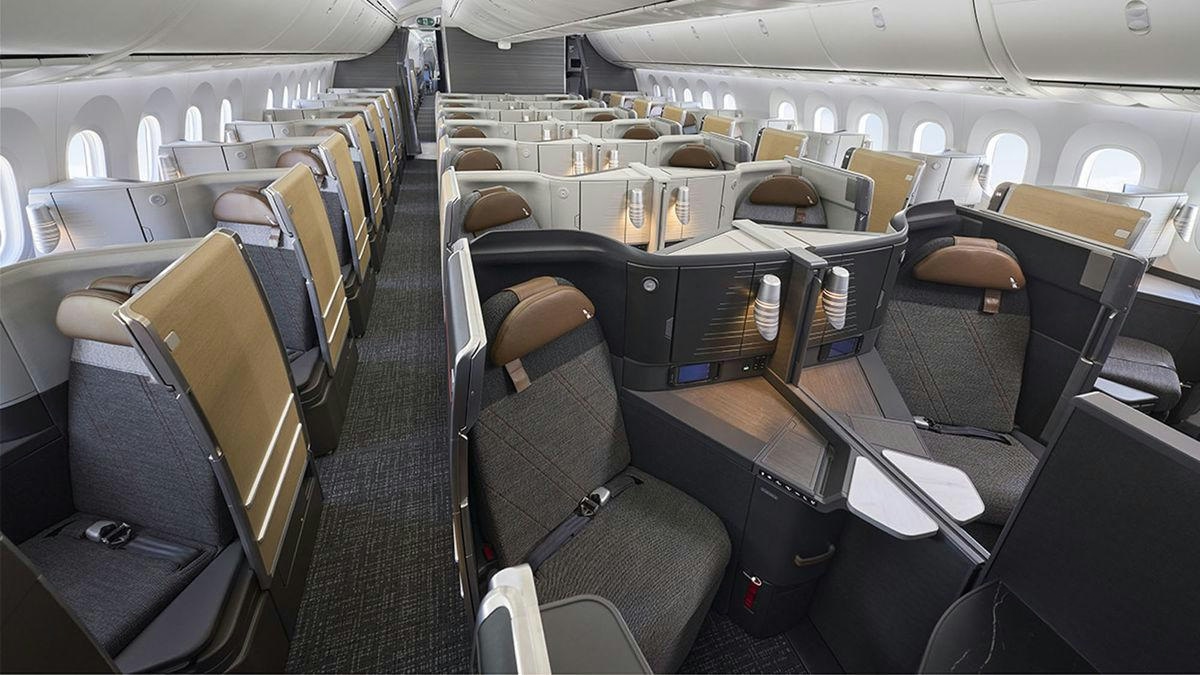
Will Delta Eventually Order Boeing 787 Dreamliners?
Will Delta Eventually Order Boeing 787 Dreamliners?
Speculation is growing within the aviation industry regarding whether Delta Air Lines will place an order for Boeing 787 Dreamliners, particularly the largest -10 variant. Although no official announcement has been made, industry analysts and frequent commentators have identified indicators suggesting that Delta may be approaching an agreement with Boeing. Such a move would represent a notable shift in the airline’s widebody fleet strategy.
Current Fleet Composition and Renewal Strategy
Delta’s recent long-haul fleet renewal efforts have predominantly focused on Airbus aircraft. The airline currently operates 38 Airbus A350-900s, with an additional six on order, and has committed to acquiring 20 A350-1000s. These aircraft serve as the cornerstone of Delta’s transpacific and ultra-long-haul operations. For transatlantic routes, Delta relies on 36 Airbus A330-900neos, supplemented by three more jets on order.
Despite these modern additions, Delta continues to operate a significant number of older widebody aircraft. This includes 42 Airbus A330ceos—comprising 11 A330-200s and 31 A330-300s—with an average age between 16 and 20 years. The airline also maintains a fleet of 60 Boeing 767s, split between 39 767-300ERs and 21 767-400ERs, which average 25 to 30 years in service. The 767-300ERs, in particular, are expected to be retired from international routes by the end of the decade, underscoring the need for replacement aircraft.
The Boeing 787-10: Suitability and Challenges
The Boeing 787-10, the largest variant of the Dreamliner family, offers compelling per-seat economics and is well-suited for transatlantic and South American routes. However, its shorter range compared to other Dreamliner models may limit its deployment on some of Delta’s longest-haul flights. An order for the 787-10 would not only diversify Delta’s widebody fleet but also signal a potential renewal of its partnership with Boeing.
Nevertheless, several challenges remain. The Dreamliner program has encountered production delays and quality control issues in recent years, raising concerns about operational reliability and customer satisfaction. These ongoing issues could influence Delta’s decision-making process, given the airline’s strong emphasis on operational consistency.
Market Implications and Competitive Pressures
Market reactions to a potential Delta order for the 787-10 are likely to be mixed. Some investors and industry analysts may interpret such a move as a positive indicator of Boeing’s recovery and the broader widebody aircraft market, especially in light of Boeing’s projections for strong future demand. Conversely, others may remain cautious due to the Dreamliner’s recent production challenges.
Meanwhile, competitors such as American Airlines have been expanding their Dreamliner fleets, which could exert pressure on Delta to act in order to maintain competitiveness in the long-haul segment. Ultimately, Delta’s decision will depend on a combination of operational requirements, financial considerations, and confidence in Boeing’s ability to deliver reliable aircraft. While the airline has favored Airbus in recent fleet renewals, the imperative to replace aging 767s and preserve flexibility in its international network may make a Boeing 787 order increasingly probable in the coming years.
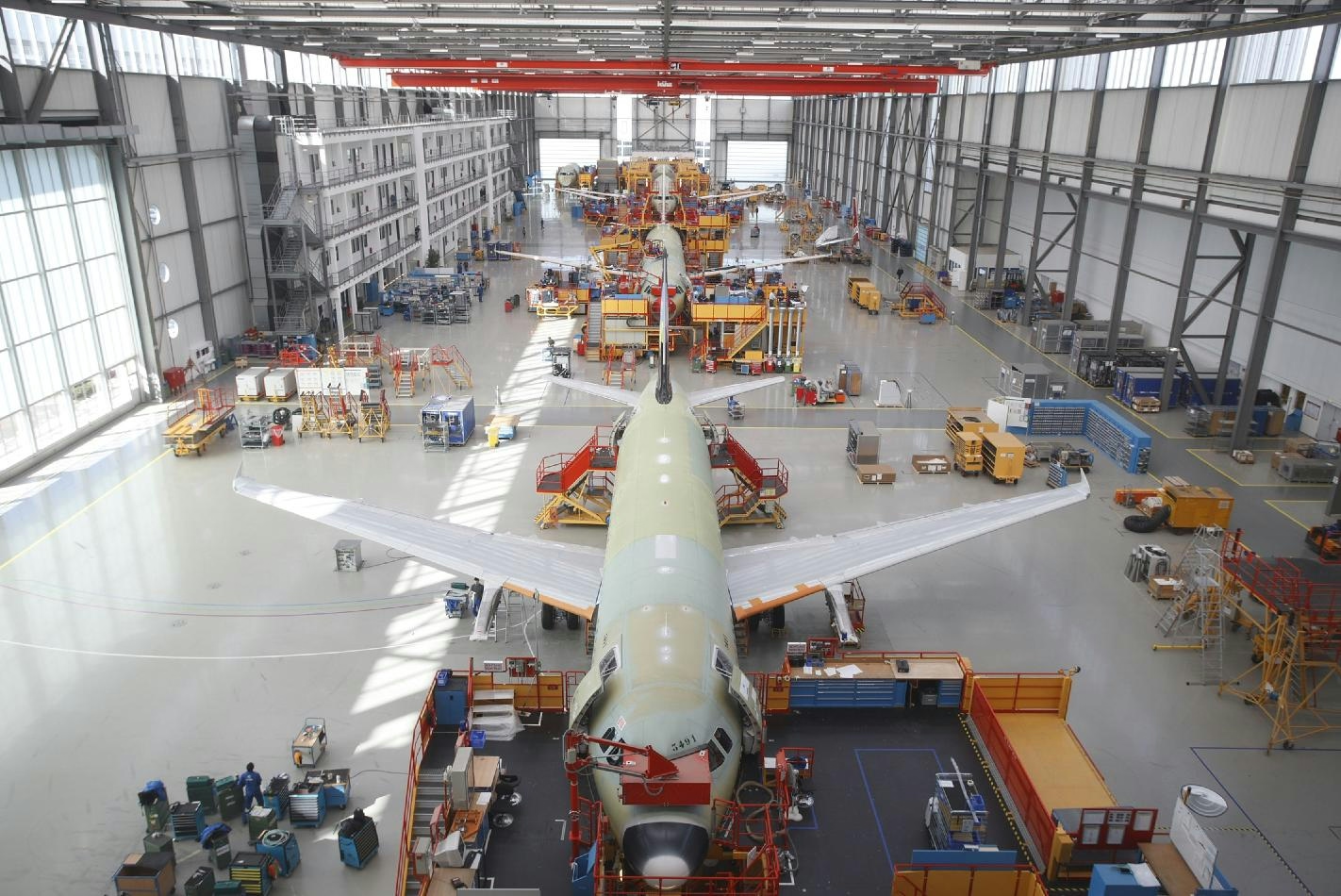
Airbus Faces Supply Chain Challenges Despite Strong Delivery Numbers
Airbus Faces Supply Chain Challenges Despite Strong Delivery Numbers
European aerospace giant Airbus continues to confront significant supply chain difficulties, even as it reports robust delivery figures for the first half of the year. The company delivered approximately 320 aircraft during this period, with CEO Guillaume Faury reaffirming the firm’s commitment to an ambitious annual target of 820 deliveries. However, Faury acknowledges that persistent material shortages and logistical disruptions are making this goal increasingly challenging to achieve.
Production Bottlenecks and Component Shortages
To meet its 2024 target, Airbus must deliver around 500 aircraft in the second half of the year, a demanding prospect given ongoing bottlenecks, particularly in engine supplies. Market analysts estimate that Airbus delivered about 60 aircraft in June, a figure below the company’s industrial capacity. The primary constraint remains the shortage of critical components, especially engines such as the CFM LEAP-1A models used in the A320neo series. These shortages have led to a growing backlog of completed airframes, often referred to as “gliders,” which are awaiting missing parts before they can be handed over to customers.
The supply chain disruptions are especially problematic as Airbus seeks to ramp up production. The company aims to increase output of its popular A320neo program to 75 aircraft per month by 2027. Yet, Faury has conceded that the annual delivery target has “become a little more ambitious” due to ongoing delays in engine and component deliveries. Internally, Airbus executives have suggested that absent these supply chain issues, the company could have already achieved four-digit annual production figures.
Industry Context and Future Outlook
Despite these challenges, Airbus asserts that its efforts to reset and stabilize its supply chain are beginning to show progress. Nonetheless, production rates remain below planned levels, reflecting the broader global supply chain difficulties that have affected the aviation sector since the pandemic. These disruptions continue to compel Airbus and its competitors to frequently adjust production plans and strategies.
The wider industry landscape highlights the complexity of the situation. Airlines and manufacturers are adapting to shifting market dynamics: All Nippon Airways (ANA) has confirmed orders for aircraft from Airbus, Boeing, and Embraer, while Saudi Arabia’s Riyadh Air recently placed an order for up to 50 Airbus A350-1000s. Looking ahead, Airbus projects demand for 34,250 single-aisle aircraft over the next two decades, signaling strong long-term market prospects. However, trade tensions and ongoing supply chain constraints remain significant concerns for the company.
As Airbus navigates these obstacles, its ability to adapt production strategies and sustain delivery momentum will be critical to meeting both its immediate targets and long-term growth ambitions.

AI's Impact on the Aviation Industry in 2025
AI's Transformative Role in Aviation by 2025
The aviation industry is on the cusp of profound change in 2025, driven by the increasing integration of agentic artificial intelligence (AI) and hyper-personalisation into airline operations. Agentic AI—advanced systems capable of independently detecting, analysing, and acting with minimal human input—is anticipated to fundamentally alter workplace dynamics, according to Surain Adyanthaya of airline retailing consultancy PROS.
Airlines have already begun deploying AI agents to autonomously manage seat availability in response to fluctuating demand, repackage offers with ancillary services, and promptly rebook passengers or provide compensation during flight disruptions. These innovations are significantly reducing manual workloads and enhancing operational efficiency. Concurrently, the industry is accelerating its focus on personalised customer experiences. AI now analyses individual traveller data, including purchase history, loyalty status, and online behaviour, to craft highly relevant bundles and offers. Dynamic travel itineraries, real-time recommendations, and proactive engagement throughout the passenger journey are rapidly becoming standard practice.
Delta Air Lines exemplifies this shift, targeting the management of 20% of its fares through AI by the end of 2025. This initiative aims to tailor pricing strategies to align with each customer’s willingness to pay, underscoring the growing emphasis on hyper-personalisation within the sector.
Challenges and Competitive Pressures
Despite the promising advancements, the swift adoption of AI introduces significant challenges, particularly in cybersecurity. Recent incidents such as the WestJet cyberattack have exposed vulnerabilities within airline systems and operations, highlighting the critical need for robust data protection and operational resilience. As airlines deepen their reliance on AI, safeguarding sensitive information and ensuring uninterrupted service will become paramount concerns.
The competitive landscape is also evolving. While some carriers are spearheading AI integration, others risk falling behind, potentially losing market share. This dynamic is prompting increased investment in AI technologies across the industry as airlines strive to maintain a competitive edge. However, widespread adoption of similar AI capabilities may intensify competition, potentially leading to price reductions and tighter profit margins throughout the sector.
Industry leaders emphasize that, despite AI’s transformative potential, human oversight remains indispensable. Striking a balance between automation and human judgment is essential to uphold safety standards and operational effectiveness as the industry navigates this technological transition.
As 2025 approaches, the aviation sector faces a pivotal moment—embracing AI-driven innovation while managing emerging risks and competitive challenges. The coming year will test airlines’ capacity to leverage AI’s benefits without compromising security, profitability, or the essential human element of air travel.
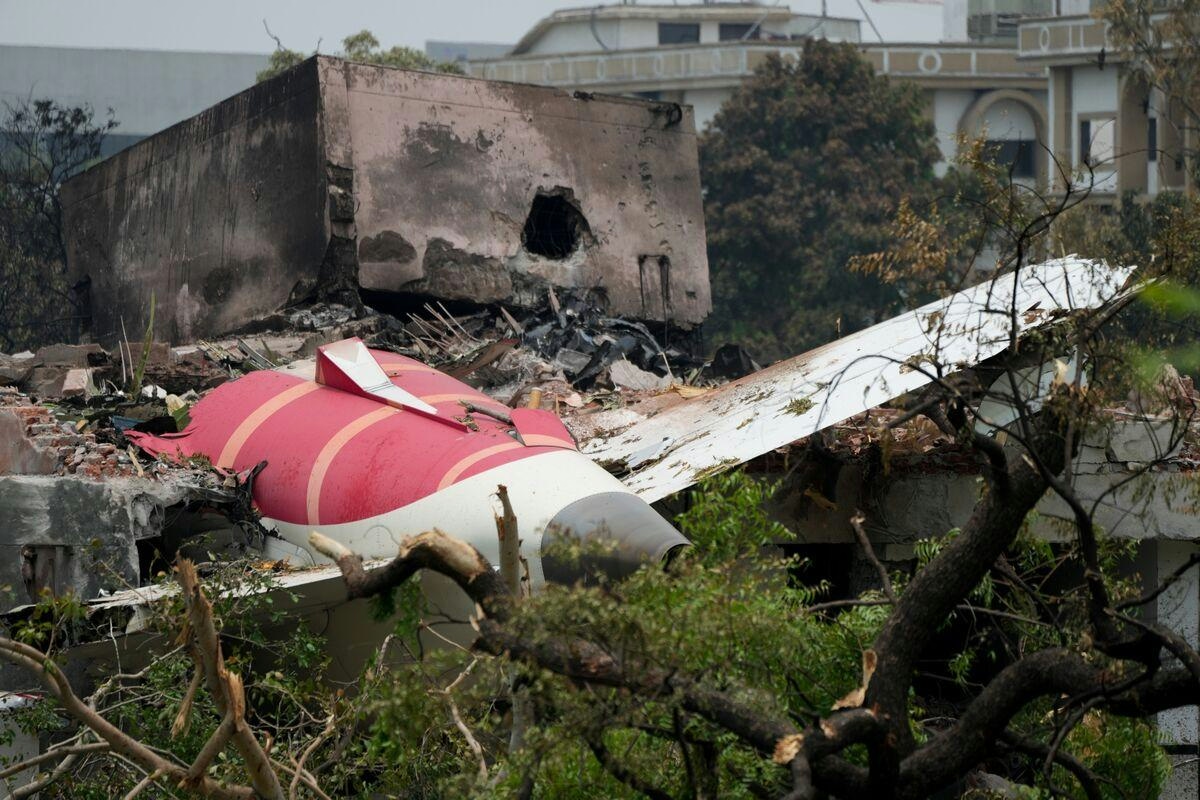
AAIB Criticizes Media for Speculation on AI-171 Crash
AAIB Condemns Speculative Media Reporting on AI-171 Crash
The Aircraft Accident Investigation Bureau (AAIB) has issued a strong rebuke of certain international media outlets for what it described as speculative and unverified reporting concerning the recent crash of Air India flight AI-171. The Boeing 787 Dreamliner, bound for London, tragically crashed shortly after departing Ahmedabad on 12 June, resulting in the deaths of over 240 individuals.
Media Reports and AAIB Response
Several prominent international publications, including *The Wall Street Journal* and *The Air Current*, published reports based on unnamed sources suggesting that Captain Sumeet Sabharwal may have switched off the aircraft’s fuel systems moments before the crash. Notably, *The Wall Street Journal* released details purportedly derived from black-box recordings implicating the captain, just a day before the AAIB was scheduled to release its preliminary findings.
The AAIB condemned these reports as “irresponsible and insensitive,” emphasizing the ongoing nature of the investigation and the profound grief experienced by the victims’ families. The bureau criticized what it termed selective and unverified reporting, warning that such actions risk undermining the integrity of the investigative process. “Certain sections of the international media are repeatedly attempting to draw conclusions through selective and unverified reporting. Such actions are irresponsible, especially while the investigation remains ongoing,” the AAIB stated.
Commitment to Rigorous Investigation Standards
Reaffirming its commitment to a thorough and professional inquiry, the AAIB underscored its adherence to the International Civil Aviation Organization (ICAO) standards and the Aircraft (Investigation of Accidents and Incidents) Rules, 2017. Since its establishment in 2012, the bureau has investigated 92 accidents and 111 serious incidents, maintaining what it described as a “flawless record.”
The bureau also appealed to the public and media to refrain from premature conclusions that could erode confidence in the Indian aviation sector. “While the accident of this dimension has drawn public attention and shock, it needs to be appreciated that this is not the time to create public anxiety or angst towards the safety of the Indian Aviation Industry, particularly on the basis of unfounded facts,” the AAIB emphasized.
Industry and Victims’ Families React
Echoing the AAIB’s caution, Air India’s CEO stated that the preliminary report found no evidence of fuel issues, mechanical failure, or pilot error, though the full investigation remains ongoing. The bureau has yet to determine whether the flight recorders will be sent abroad for further analysis.
Meanwhile, families of the victims have raised concerns over Air India’s handling of compensation negotiations, alleging the use of threatening tactics, which has further heightened tensions in the aftermath of the tragedy. Pilot associations have also expressed dismay at the speculative media coverage, warning that such reports could mislead the public and compromise the investigation’s integrity.
The AAIB reiterated that its preliminary report was intended solely to present factual information about the incident. The final investigation report, which will include root causes and safety recommendations, is still in progress.
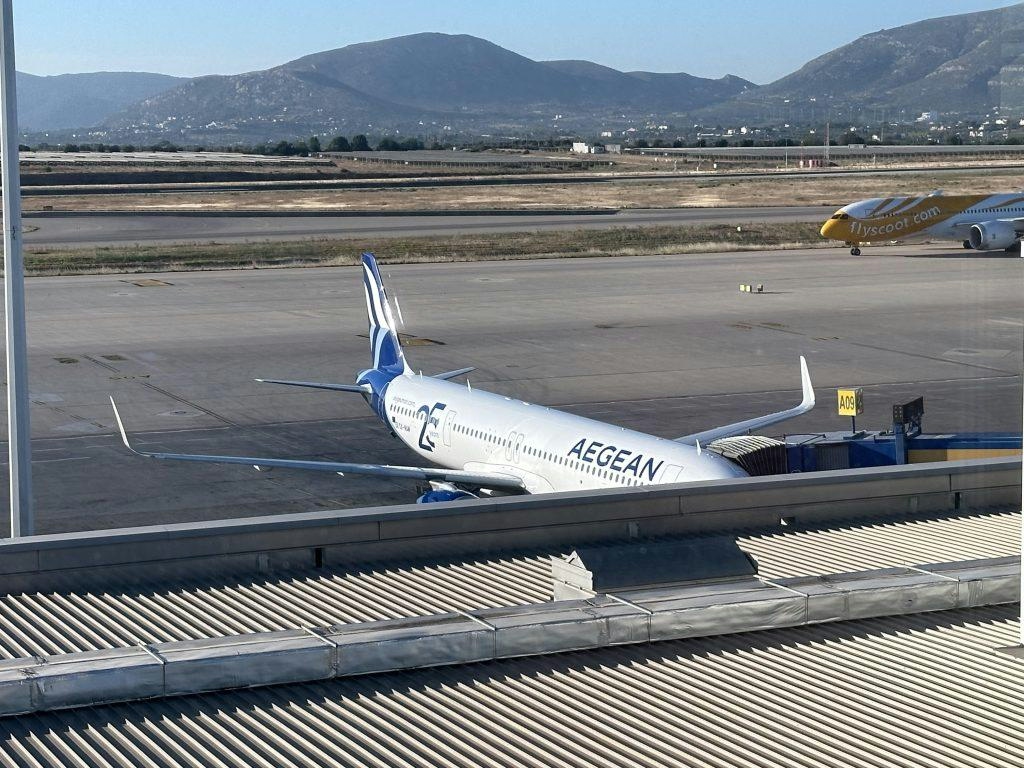
Aegean Airlines Reveals First Long-Haul Routes and Expands Airbus A321neo XLR Fleet
Aegean Airlines Expands Long-Haul Operations with New Airbus A321neo XLR Fleet
Aegean Airlines, a prominent member of the Star Alliance network, is poised to broaden its long-haul capabilities through the acquisition of new Airbus A321neo XLR aircraft. These jets, expected to be delivered between late 2025 and early 2026, will enable the carrier to operate nonstop flights lasting up to 10.5 hours—extending its current range by approximately 2.5 hours compared to the existing A321neo LR models.
Upgraded Passenger Experience
The introduction of the A321neo XLR will bring significant enhancements to Aegean’s onboard product. The business class cabin will feature 24 suites equipped with fully flat seats, direct aisle access, and heightened privacy, aiming to elevate passenger comfort on extended flights. Economy class will also benefit from improvements, including more spacious seating arrangements, advanced 4K entertainment systems, USB power outlets, Wi-Fi connectivity, and increased overhead storage capacity. While the airline has yet to release comprehensive details of the cabin configuration, industry experts anticipate a layout akin to that of JetBlue’s comparable aircraft.
Launching Intercontinental Services to India
Aegean Airlines plans to inaugurate its first intercontinental routes in the spring of 2026, marking a significant milestone in its network expansion. The airline will commence five weekly flights from Athens to New Delhi in March, followed by three weekly services to Mumbai starting in May. Ticket sales for these new routes are expected to begin by the end of September. Looking beyond these initial destinations, Aegean is evaluating further expansion to cities such as Bangalore, the Maldives, and Nairobi, with potential launches slated for 2027 and 2028.
Challenges in a Competitive Market
The airline’s entry into the Indian long-haul market presents a series of regulatory and operational challenges. Navigating India’s complex aviation regulations and managing the logistics of extended services will require careful planning. Moreover, Aegean will confront intense competition from established carriers already serving these routes. Industry observers anticipate close scrutiny of Aegean’s pricing strategies and service quality as it seeks to establish a foothold.
Competitors are likely to respond with strategic initiatives of their own. For instance, Starlux Airlines is expanding its long-haul fleet with Airbus A350-1000 aircraft, while Wizz Air continues to grow its presence in Romania, underscoring the dynamic and competitive environment in the region’s long-haul market.
As Aegean Airlines embarks on this new phase, its ability to deliver a compelling product, effectively manage regulatory complexities, and compete within a crowded marketplace will be critical to the success of its long-haul ambitions.
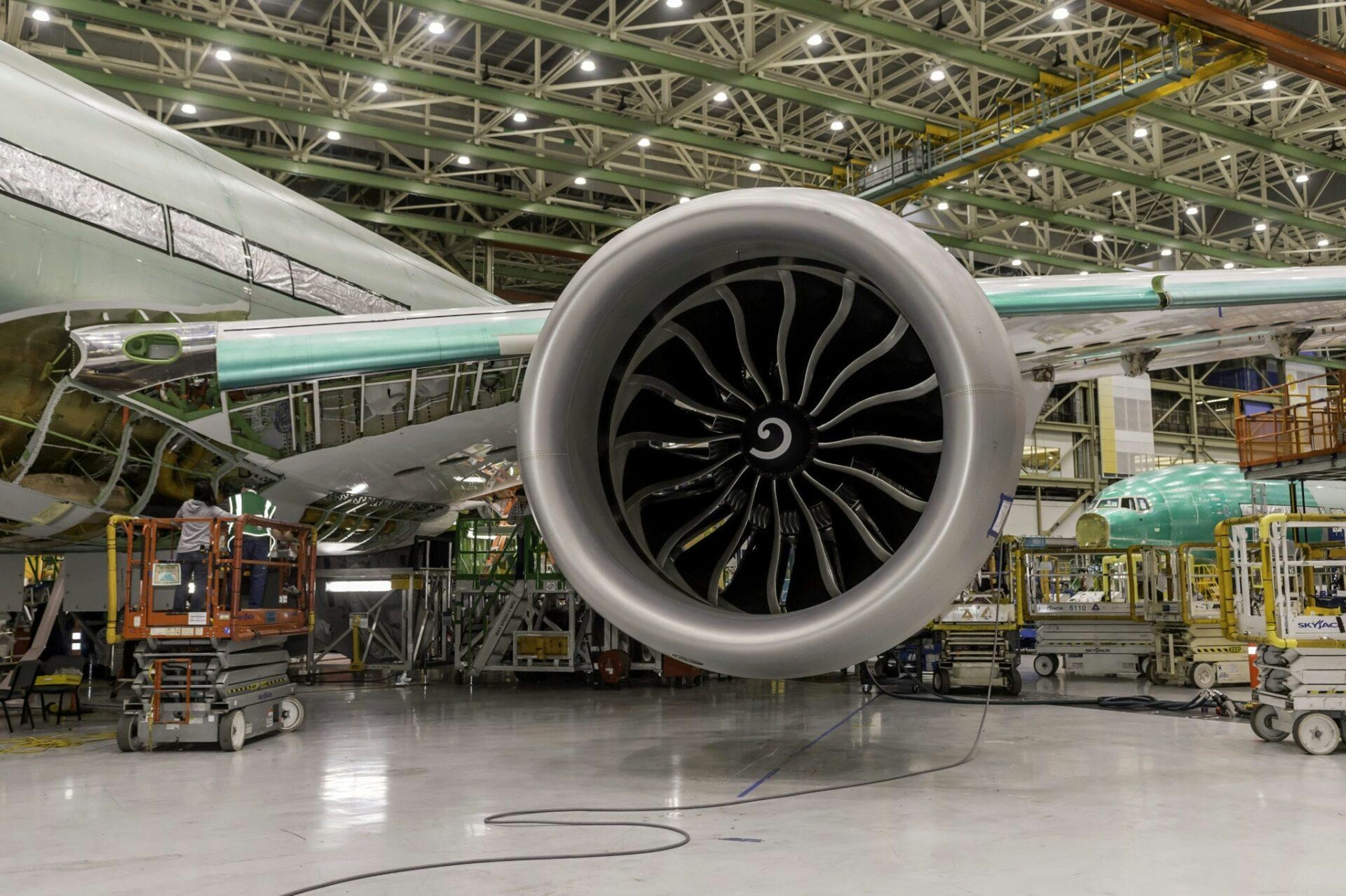
Gulf Air Orders 18 Boeing 787s, Chooses GE Aerospace Engines
Gulf Air Commits to 18 Boeing 787 Dreamliners, Opts for GE Aerospace Engines
Gulf Air, the prominent Middle Eastern carrier, has placed a significant order with Boeing for up to 18 Boeing 787 Dreamliner aircraft. The agreement includes a firm commitment for 12 planes, with options to acquire six additional units, providing the airline with flexibility to expand its fleet in response to future demand. In a strategic departure from its existing fleet, Gulf Air will equip these new aircraft with engines supplied by GE Aerospace, moving away from the Rolls-Royce Trent 1000 engines currently powering its 10 Dreamliners.
Strategic Shift in Fleet Modernization
This decision represents a calculated shift by Gulf Air as it seeks to modernize its fleet and enhance operational efficiency. By selecting GE Aerospace engines, the airline anticipates benefits in terms of improved performance, greater reliability, and potentially reduced maintenance costs. The move comes amid ongoing challenges faced by Rolls-Royce with the Trent 1000 engine, which has encountered durability and maintenance issues, prompting several carriers to reconsider their engine suppliers.
For Boeing, the order reinforces the strength of its 787 Dreamliner program, which is widely regarded for its fuel efficiency and advanced technological features. The deal also reaffirms Boeing’s enduring partnership with Gulf Air, a key customer in the strategically important Middle Eastern aviation market.
Implications for GE Aerospace and the Global Market
GE Aerospace stands to gain considerably from this contract, as demand for its engines continues to grow. The timing of Gulf Air’s selection coincides with broader shifts in the global aerospace industry. Notably, the recent easing of U.S.-China trade tensions has enabled GE to resume shipments of jet engines to COMAC, China’s state-backed aircraft manufacturer aiming to challenge the dominance of Airbus and Boeing. This development is poised to influence competitive dynamics within the sector, as COMAC intensifies its market expansion efforts and engine suppliers like GE navigate an increasingly complex geopolitical environment.
Gulf Air’s decision to switch engine suppliers underscores a proactive approach to ensuring fleet reliability and cost-effectiveness, a common practice among airlines striving to optimize performance and manage operational expenses. The move also aligns with GE Aerospace’s strategic objective to sustain and grow its market share amid evolving global supply chains and geopolitical uncertainties.
This agreement highlights the dynamic and competitive nature of the aviation industry, where strategic partnerships and technological innovation remain central to future growth. Boeing’s success in securing this order, combined with Gulf Air’s commitment to fleet modernization and GE Aerospace’s strengthened market position, exemplifies the ongoing evolution within the global airline sector.
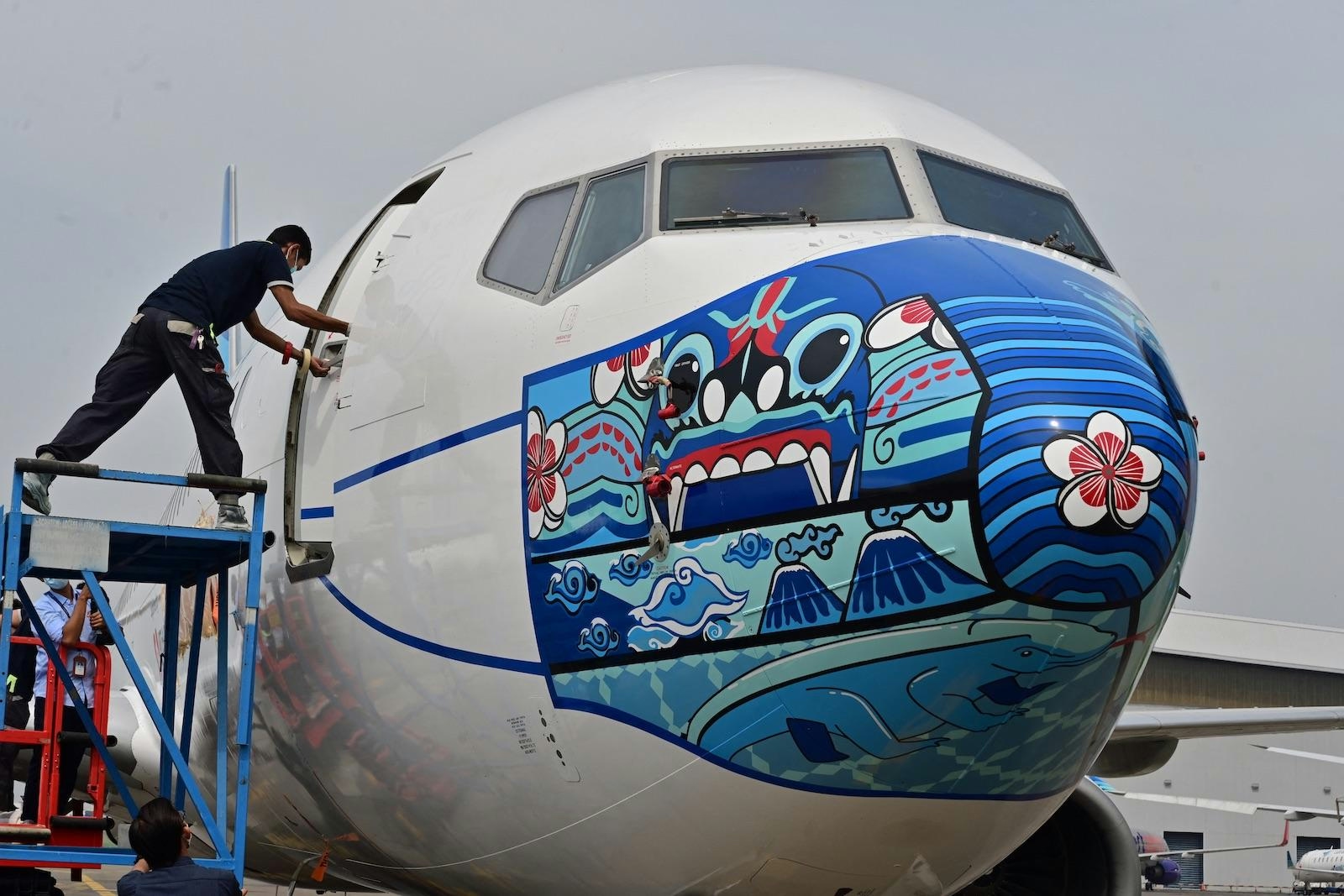
Garuda’s New 737 Lease Could Worsen Financial Strain
Garuda’s New 737 Lease Could Deepen Financial Strain
Rising Lease Costs Amid Financial Challenges
JAKARTA — Garuda Indonesia is facing increased financial pressure as it begins leasing a new Boeing 737 Max 8 at nearly double the monthly cost of its older 737 models. Sources familiar with the arrangement reveal that the state-owned airline is paying approximately US$400,000 per month for the 737 Max 8 leased from BOC Aviation, compared to around US$200,000 per month for its existing Boeing 737-800 fleet. Neither BOC Aviation nor Garuda representatives responded to requests for comment.
This surge in lease payments comes at a precarious time for Garuda, which is now under the ownership of Indonesia’s sovereign wealth fund, Danantara. The airline reported a full-year loss in 2024, marking its first deficit since restructuring nearly US$10 billion in debt in 2022. Although the newer 737 Max 8 offers improved fuel efficiency, it remains uncertain whether these operational savings will sufficiently offset the substantially higher leasing expenses.
Operational and Financial Pressures
The steep increase in lease costs partly reflects the discounted rates Garuda secured during its debt restructuring, which are not applicable to new aircraft leases. The airline’s financial difficulties are further exacerbated by operational challenges. As recently as May, approximately 10% of Garuda’s fleet was grounded due to difficulties in meeting maintenance payments. Maintenance and repair costs accounted for nearly 16% of the airline’s 2024 revenue, the highest proportion among global flag carriers, according to Bloomberg data.
In an effort to alleviate immediate cash flow constraints, Danantara extended a US$405 million loan to Garuda shortly before the airline agreed to lease the additional 737 Max. However, this infusion does not address the underlying financial strain imposed by the new lease agreement. Creditors and stakeholders have intensified their scrutiny of Garuda’s capacity to manage its mounting obligations.
Strategic Implications and Future Outlook
Industry analysts suggest that Garuda’s escalating financial challenges may create openings for competitors to increase their market share or offer more favorable financing options to attract customers. The ongoing fiscal strain could also undermine Garuda’s ability to maintain its fleet effectively, potentially impacting operational reliability and customer satisfaction.
Further complications may arise from a recent trade agreement between Indonesian President Prabowo Subianto and former US President Donald Trump, which includes the purchase of 50 Boeing jets. This deal could compel Garuda to accept aircraft acquisitions under terms that may not align with its operational needs. Trump announced on social media that Indonesia would order 50 Boeing planes, including several larger 777 models, though he did not specify the buyer. Garuda CEO Wamildan Tsani Panjaitan has previously indicated that the airline is negotiating to acquire between 50 and 75 Boeing aircraft, including 737 Max and 787-9 Dreamliner models.
As Garuda contends with these mounting financial and operational challenges, its resilience will remain under close observation by industry stakeholders and the broader market.
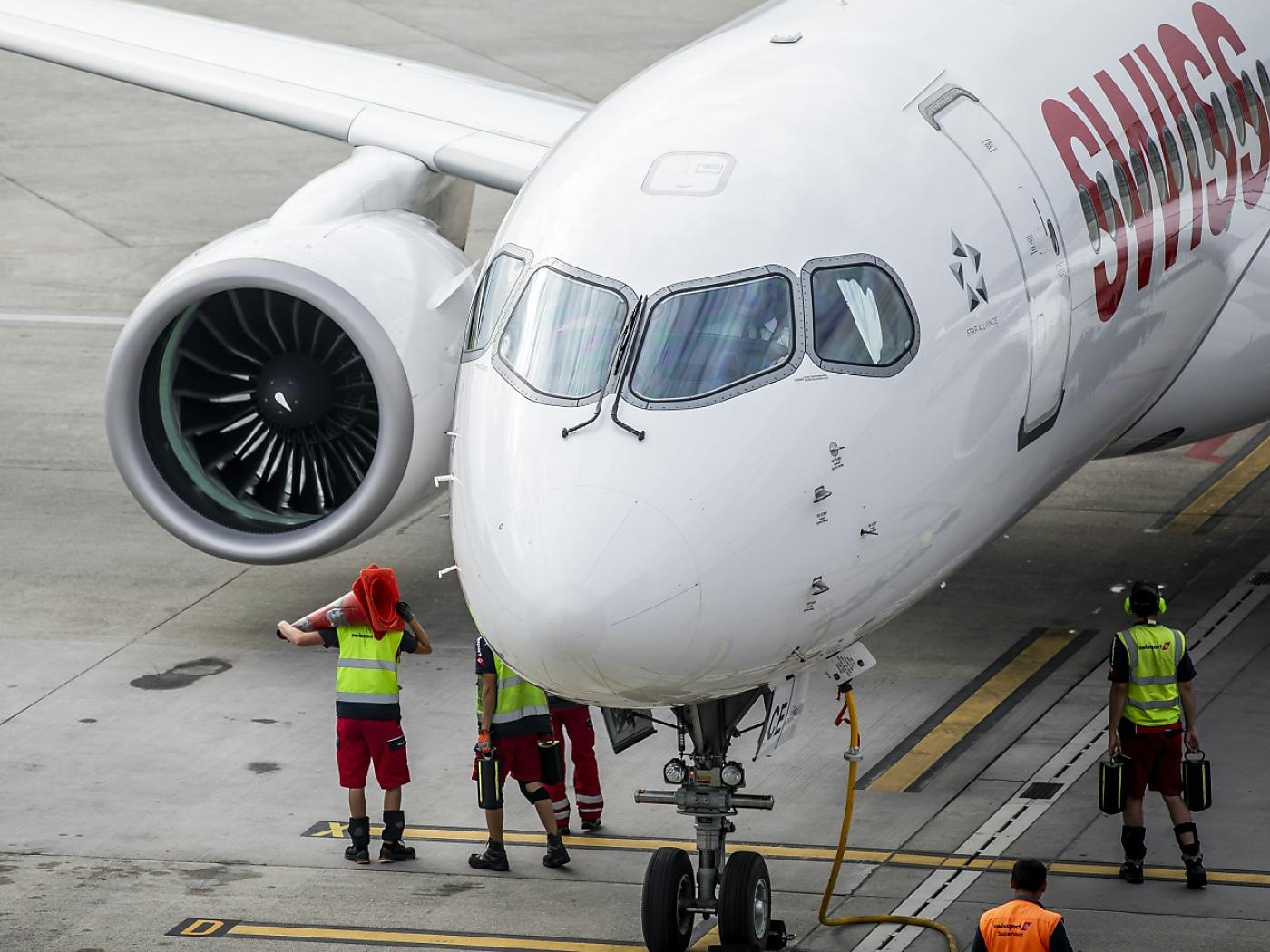
Swiss Airlines Reviews Future of A220-100 Fleet Amid Engine Problems
Swiss Airlines Reviews Future of A220-100 Fleet Amid Ongoing Engine Issues
Swiss International Air Lines is currently reassessing the future of its Airbus A220-100 fleet in light of persistent problems with the Pratt & Whitney PW1000 geared turbofan engines. As the launch customer for the 125-seat A220-100 and a subsidiary of the Lufthansa Group, Swiss has yet to determine if or when it will phase out this aircraft type.
Clarissa Cunz, Swiss’ head of aircraft asset management, stated during an Airbus event in Toulouse that while the airline regularly evaluates various options, no decision has been made regarding the retirement timeline of the A220-100. The carrier operates nine A220-100s alongside 21 larger A220-300s, both variants powered by the problematic PW1000 engines. According to ch-aviation data, at least eight of these aircraft—two A220-100s and six A220-300s—are currently undergoing maintenance, underscoring the operational challenges posed by the engine issues.
Operational Challenges and Strategic Considerations
The ongoing engine difficulties come at a critical time as Swiss prepares for the busy summer travel season, striving to maintain operational reliability despite these setbacks. Cunz emphasized that the Airbus A220 remains a vital component of the airline’s fleet and will continue to be so in the foreseeable future. She highlighted that regular fleet reviews are standard industry practice and noted the strong service record of both A220 variants within Swiss’s operations. The A220-100, in particular, was selected for its capability to operate into airports such as London City, which requires steep-approach certification not available on the larger A220-300.
Swiss had also considered expanding its fleet by acquiring six ex-EgyptAir A220-300s but ultimately deemed the deal unfeasible, according to Cunz.
Industry Developments and Wider Fleet Strategy
Meanwhile, Airbus is exploring the possibility of stretching the A220 family and is evaluating whether such a variant would require a new engine. These developments are being closely monitored by the aviation market, as competitors assess the potential implications of Swiss’s evolving fleet strategy on the broader European aviation sector.
In addition to its narrowbody fleet considerations, Swiss has provided updates on its widebody operations ahead of the anticipated delivery of its first Airbus A350. The airline’s ongoing fleet evaluations reflect the broader pressures faced by carriers as they balance operational demands, manufacturer developments, and the challenges of engine reliability.
As Swiss navigates these complexities, the future of its A220-100 fleet remains under careful review. The airline remains committed to maintaining flexibility in its fleet planning to ensure continued service quality and competitiveness.
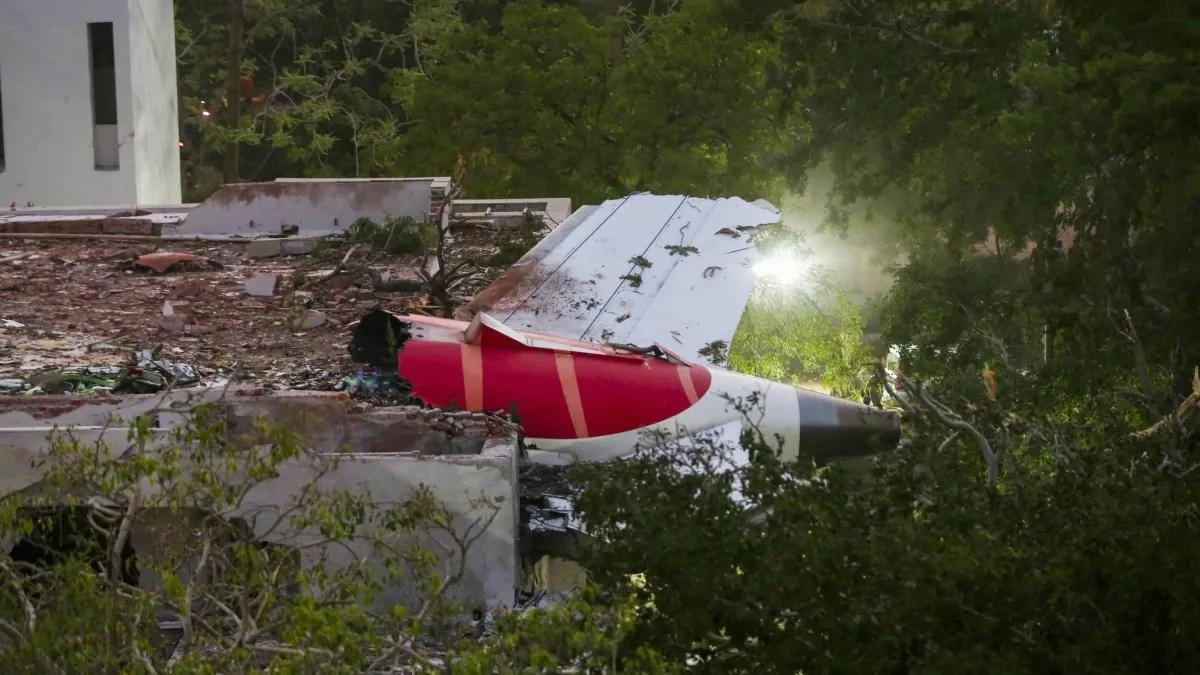
AI Replaced Throttle Control Module Twice in Boeing Plane Crash
Air India Replaced Throttle Control Module Twice on Crashed Boeing 787, Investigation Reveals
Background and Investigation Focus
Air India replaced the Throttle Control Module (TCM) of its Boeing 787-8 Dreamliner twice within the last six years, following a 2019 directive issued by Boeing, according to sources involved in the ongoing investigation of the June 12, 2025, crash near Ahmedabad. The aircraft, registered VT-ANB and bound for London, has come under intense scrutiny as authorities seek to determine the cause of the fatal accident, with particular attention on the reliability of the Dreamliner’s systems, especially the TCM.
The TCM, which incorporates the aircraft’s fuel control switches, has emerged as a central element in the probe after investigators discovered that these switches were disengaged immediately after takeoff. The preliminary report released by the Aircraft Accident Investigation Bureau (AAIB) on Saturday confirmed that the TCM was replaced on the aircraft in both 2019 and 2023. However, the report clarified that these replacements were not related to any faults with the fuel control switches.
Maintenance Directives and Regulatory Context
In 2019, Boeing issued a revised Maintenance Planning Document (MPD) mandating that all Dreamliner operators replace the TCM every 24,000 flight hours. Air India complied with this directive, replacing the TCM on VT-ANB twice since the MPD was issued. Specific details of the MPD have not been publicly disclosed, and Air India has not responded to inquiries regarding the replacements.
The crash has prompted the Indian government to initiate an urgent inspection of all Boeing 787 aircraft operating within the country. This incident poses significant challenges for both Air India and Boeing as they strive to restore public confidence and address any potential technical vulnerabilities. Market analysts and investors are closely monitoring the situation for possible financial implications, while competitors in the aviation sector evaluate the broader impact on the industry.
A Boeing spokesperson reiterated the company’s commitment to supporting the investigation and Air India, stating, “We will defer to the AAIB to provide information about AI171, in adherence with the UN International Civil Aviation Organization protocol known as Annex 13.”
Findings and Ongoing Analysis
The AAIB report noted that, at this stage, no immediate safety actions are recommended for operators of the B787-8 or the GE GEnx-1B engines, which powered the VT-ANB. The report also referenced a Special Airworthiness Information Bulletin (SAIB) issued by the US Federal Aviation Administration (FAA) in December 2018, which highlighted a potential issue with the disengagement of the fuel control switch locking feature on certain Boeing models. However, the FAA did not classify this as an unsafe condition requiring a mandatory directive. Air India confirmed that it did not perform the inspections recommended in the SAIB, as it was advisory in nature.
Maintenance records reviewed by investigators revealed no reported defects related to the fuel control switch since 2023. The AAIB emphasized that the reasons for the TCM replacements were unrelated to the fuel control switches.
As the investigation continues, analysis of the aircraft’s black boxes is expected to yield critical insights into the role of the TCM and other systems in the crash. These findings are likely to influence future safety protocols and industry practices.
Ask AeroGenie